McRaney’s big break came with “Simon & Simon,” a show that ran from 1981 to 1989, in which he played Rick Simon for one-hundred and fifty-six episodes. He appeared on “The Neverending Story” as the main character’s father. He was the title character – as well as the executive producer – for the show “Major Dad” from 1989 to 1993.

He’s one of those actors that has been in dozens or even hundreds of TV movies and a single episode of this show and that show. Turn on the television during the eighties, the nineties, or the beginning of the new millennium, and there’s a pretty good chance you’ll see him.
Designing a Star
“Designing Women” was a TV sitcom, the brainchild of Linda Bloodworth-Thomason that ran from September 1986 to May 1993. With each season as main character Suzanne Sugarbaker, an attractive, selfish, and self-centered former Miss Georgia, Delta had a bigger and bigger audience. Things were ever-brighter for Delta, but a number of influences, including those of her husband, would change her life before she knew what was happening.
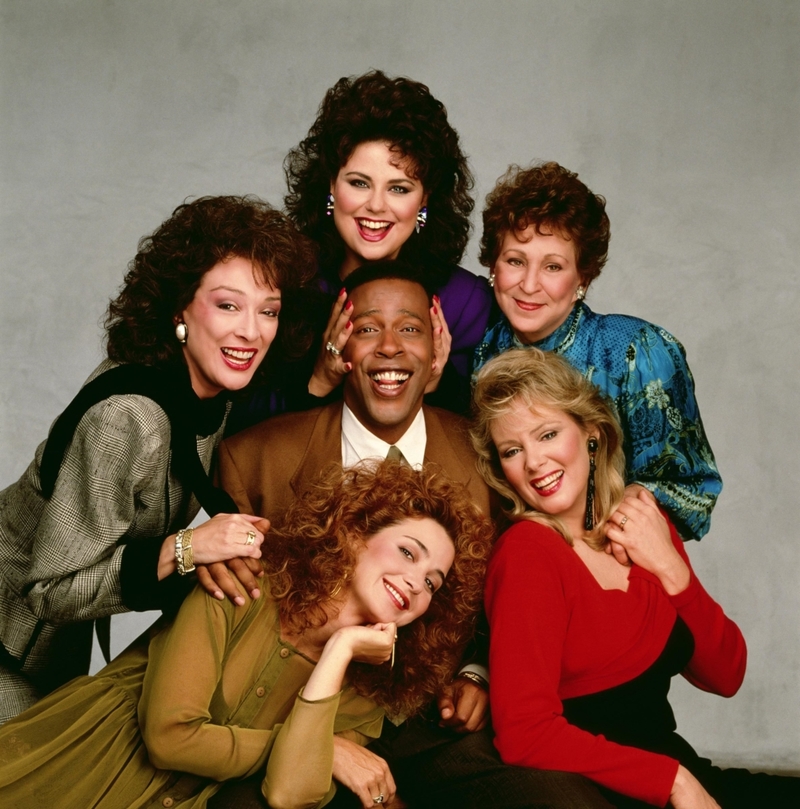
Before we get to that, though, let's look back at Delta's beginning, how she got to where she was. It takes a long time to design a woman like Delta Burke, and she took the time to prove she was worth it.
Designing the Show
“Designing Women” was all about four women and one man who worked for an Atlanta interior designing firm in the 1980s. Julia Sugarbaker, Dixie Carter's character, was the president of the firm. Delta was Julia's snobbish sister, who helped fund the firm as a silent partner. Annie Potts played Mary Jo Shively, the head designer, and Jean Smart was office manager Charlene Frazier.
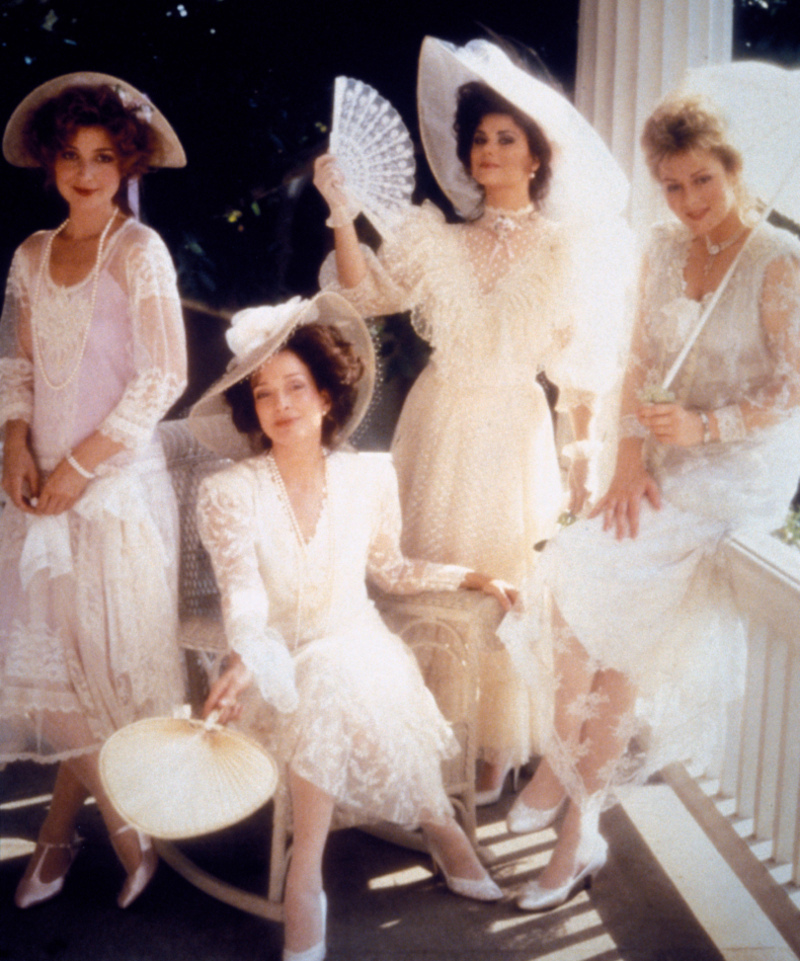
Meshach Taylor was at first a deliveryman and then had a starring role as a partner named Anthony Bouvier. The show ran for a total of seven seasons, with one-hundred and sixty-three episodes. It was a smash hit.
Well-Won Awards
Through its seven seasons, “Designing Women” was nominated for a huge number of Emmys, though their win rate was a bit disappointing. After eighteen nominations, the show brought home only one: Outstanding Achievement in Hairstyling for a Series. Apparently, it's a real category! They won this in 1988, which also saw a nomination for Outstanding Writing for a Comedy Series and Outstanding Editing for a Series — Multi-Camera Production.
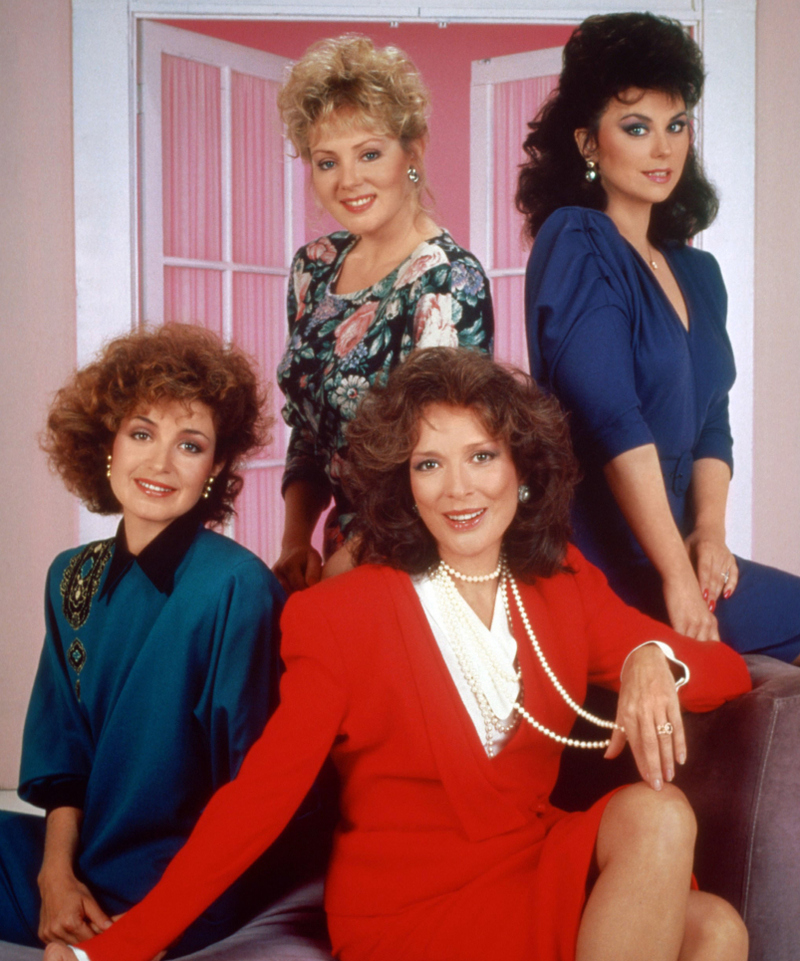
It won awards from the BMI Film & TV Awards, the GLAAD Media Awards, TV Land Awards, and had a bevy of wins from the Viewers for Quality Television Awards. There were plenty of other awards they were up for but didn't bring home.
Getting the Eyes on Them
When the first season debuted, it got respectable ratings, but it really took off and hit its stride in the second season. CBS moved the show's airtime around a lot after dismal ratings in the Sunday and Thursday night slots. The network was about to cancel the show, but thankfully, a viewer campaign saved it for another year.
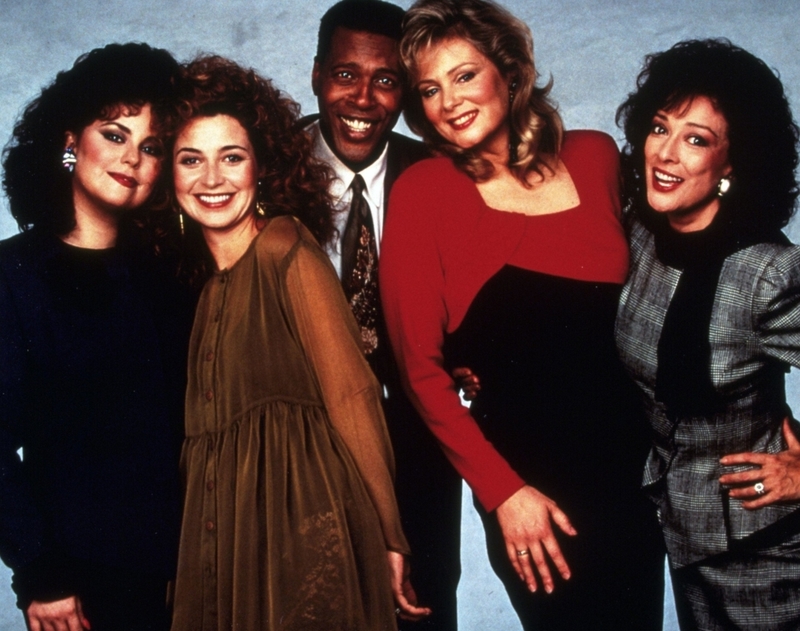
The show's ratings increased, and it landed in the top-twenty ranking of primetime shows. It formed a highly successful hour-long block with the help of “Murphy Brown,” another show that had strong and opinionated female characters. CBS had a hit on their hands, and it was thanks, in part, to Delta.
Early Life
Delta Burke was born to a single mother, Jean, in Orlando, Florida. An Orlando realtor named Frederick Burke adopted her after marrying her mother, but Burke never met her biological father.
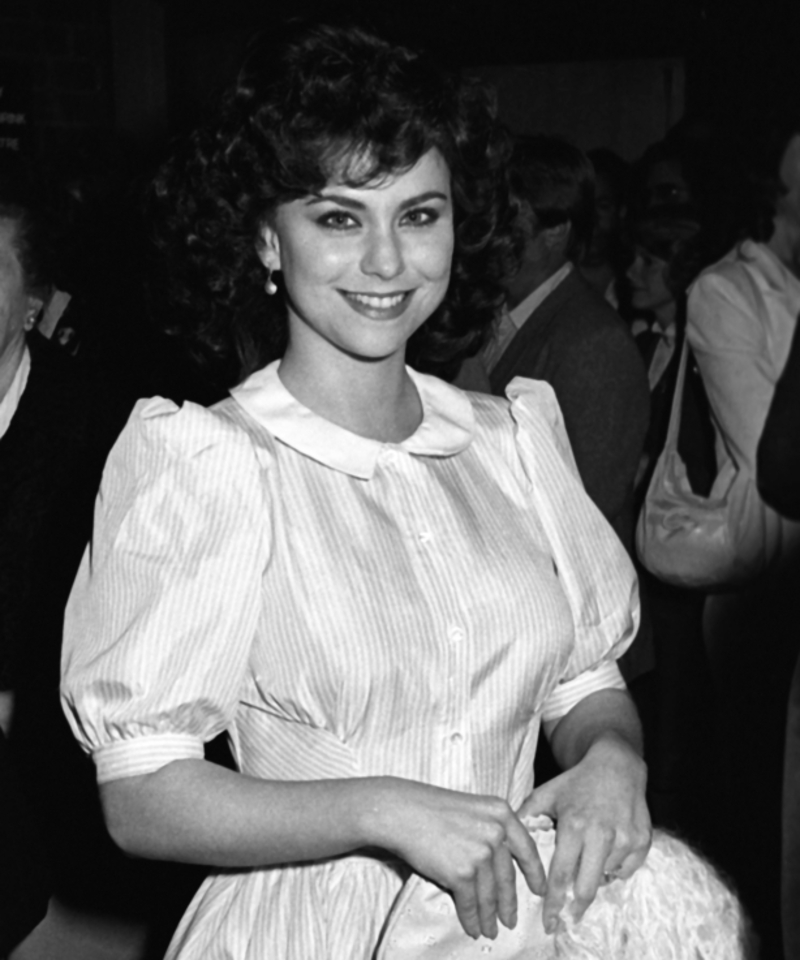
She attended Colonial High School, graduating in 1974, earning the superlative “Most Likely to Succeed.” While attending high school, the Orlando Fire Department chose her as Miss Flame. She later went on to become the State Miss Flame. She also won a talent scholarship from the Miss America Organization, allowing her to attend a two-year study program at the London Academy of Music and Dramatic Art.
Star of the Show
Delta Burke began her career in the spotlight as a pageant girl in her teens in and around Orlando, Florida. She loved being in the spotlight, and because of this, she never truly realized how much pressure the pageants were heaping on her.
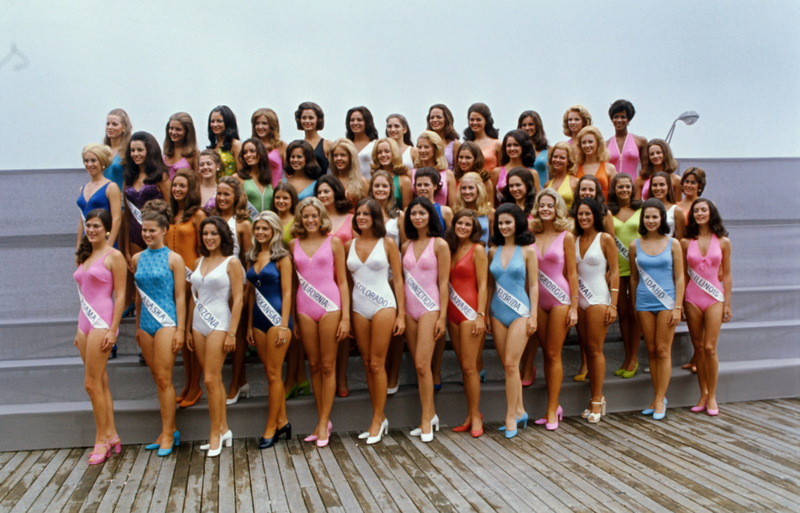
In this manner, television would end up doing the same thing, and her well-being would suffer. These struggles would come to a head later in Delta's life when she would have to face these difficult struggles — but one person was there the whole time to lead her toward personal freedom and safety.
Reaching for the Standard
Don't let anyone tell you that being a beauty queen is easy. Today there are endless rules to follow, standards to keep, and looks to cultivate. Even back when Burke was competing, there were expectations that the girls would fit into a certain dress size. Delta took these expectations to an unhealthy level, making sure she fit every single requirement.
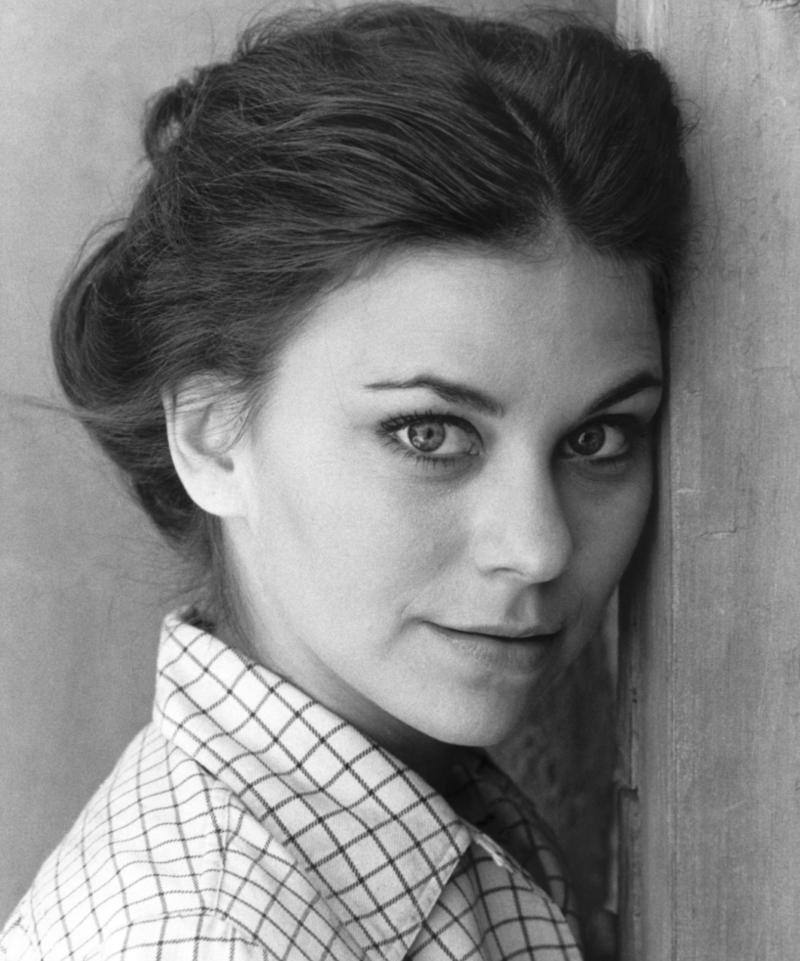
It helped her succeed, but it would lead to immense complications when she started to reach big-time success with “Designing Women.” Delta didn't seem to care about it one way or another — she just wanted to win. She wanted to be a STAR.
Other Early Ventures
As part of winning Miss Florida in 1974, Burke appeared on “Bozo the Clown,” an ABC-TV show which was filmed in Orlando, Florida. She also worked as a magical assistant to famous stage magician Herbert L. Becker for six months.

In 1980, she became the second actress to portray Bonnie Sue Chisholm in “The Chisholms,” a CBS western miniseries. She spent a year on the show “Filthy Rich” in 1982, playing a wily young widow named Kathleen Beck. Following that role, she played Diane Barrow, a football team owner on “1 st & Ten” from 1984 to 1986. With those roles under her belt, she was ready to break out.
The Husband
Gerald Lee McRaney was born in August of 1947 and is best known as the star of the television shows “Simon & Simon,” “Major Dad,” “Promised Land,” and “House of Cards.” He's made regular appearances on “Jericho,” “Deadwood,” “Castle,” “Longmire,” and “This Is Us,” a role which earned him an Emmy for Outstanding Guest Actor in a Dramatic Series.
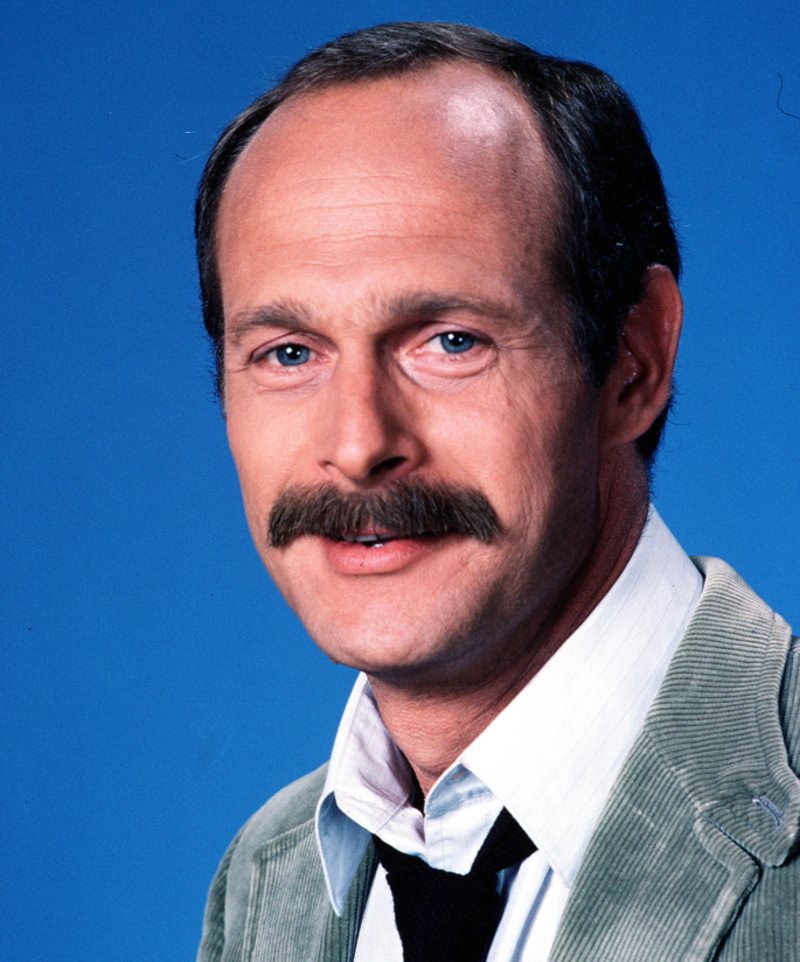
He was born in Collins, Mississippi, to Clyde and Edna McRaney and attended the University of Mississippi. Before he found success as an actor, he worked in the Louisiana oil fields. He exudes a tough look, perfect for the old west, the modern business world, and more.
The Husband's Early Roles
McRaney's very first role was in the 1969 slasher flick “Night of Bloody Terror,” where he played the main character, Wesley Stuart. His first television role, three years later, was in the show “Night Gallery” as Tuttle, who appeared in three different episodes.
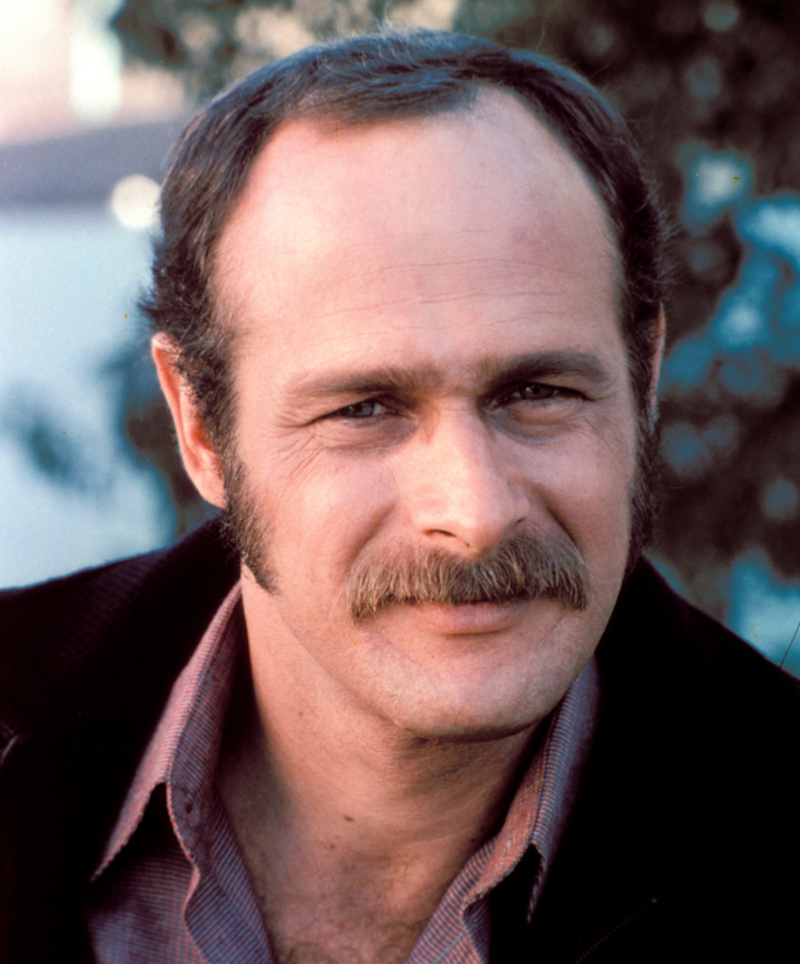
He appeared in a trio of episodes of “Gunsmoke” between 1973-75 and had numerous single-episode appearances. In the mid-seventies, he started to appear more often, appearing for two, three, four, or more episodes on numerous shows. He also had similar roles in movies, with relatively unknown films, including sequels to “Night of Bloody Terror,” as well as “Keep Off My Grass!”
McRaney's Biggest Roles
McRaney's big break came with “Simon & Simon,” a show that ran from 1981 to 1989, in which he played Rick Simon for one-hundred and fifty-six episodes. He appeared on “The Neverending Story” as the main character's father. He was the title character – as well as the executive producer – for the show “Major Dad” from 1989 to 1993.

He's one of those actors that has been in dozens or even hundreds of TV movies and a single episode of this show and that show. Turn on the television during the eighties, the nineties, or the beginning of the new millennium, and there's a pretty good chance you'll see him.
Later Roles for McRaney
Gerald has slowed down a little bit but compared to most legacy actors; he's busier than ever. Just since the new teens, 2010 onward, he's had a six-episode appearance in “Mike & Molly,” had eight episodes as Barlow Connally in “Longmire,” and acted as Raymond Tusk in “House of Cards” — which earned him a Screen Actor's Guild Award nomination.
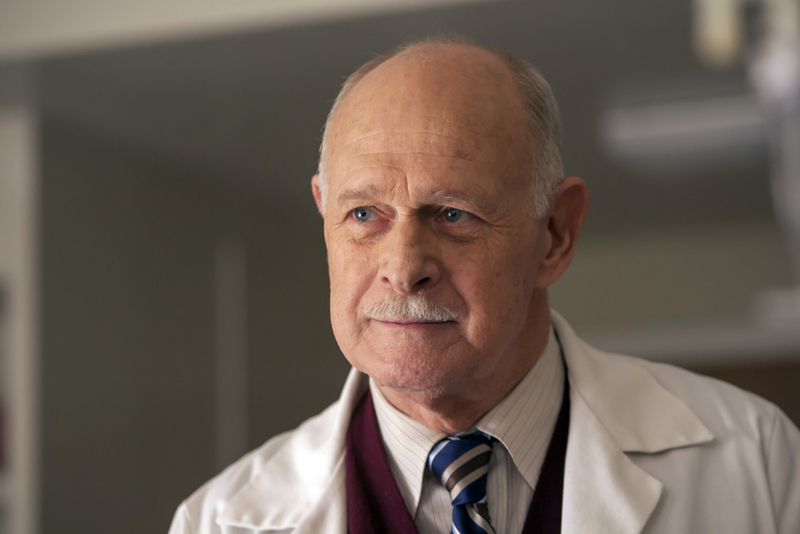
He's been in “NCIS: Los Angeles,” “Castle,” “This Is Us,” (earning him an Emmy for Outstanding Guest Actor in a Drama Series), “Santa Clarita Diet,” and really so many more. There are even more roles coming down the pipeline.
The Other Women
Before McRaney met Delta, he was married twice. The first time was before he even started acting, getting married to Beverly Root when he was only twenty years old. The relationship didn't last long, and the couple separated in 1971.
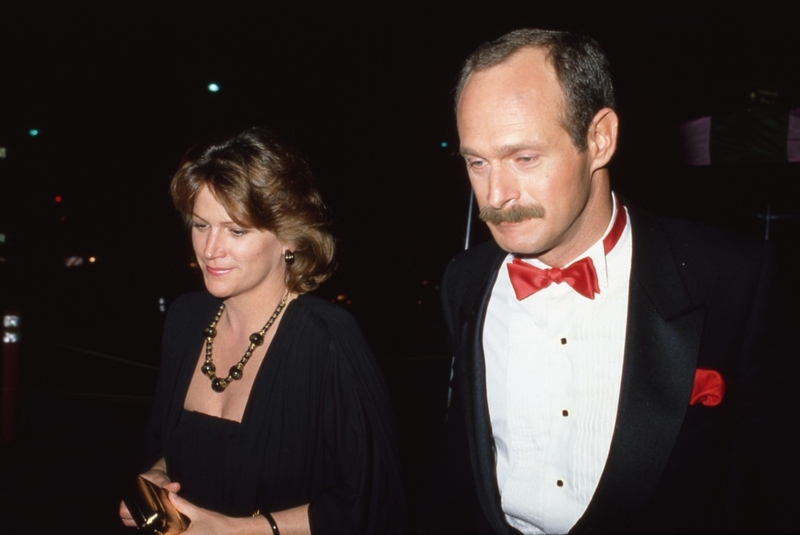
After getting steady work as an actor for ten years, McRaney tied the knot again, this time with Pat Moran in 1981. Their relationship was longer, but it too was destined to fail, and the couple separated in 1989. Thankfully, Gerald wasn't going to stay single for long. In fact, he and Delta got married that very same year.
Creators Against the Network
“Designing Women” premiered in 1985, and the creators were certain it was going to be a hit. The network, on the other hand, wasn't so sure. The show included stars Delta Burke and Dixie Carter, and the entire cast excelled in their roles. It took a little bit of time for all of the actresses and actors to really find themselves and find the audience they were looking for.
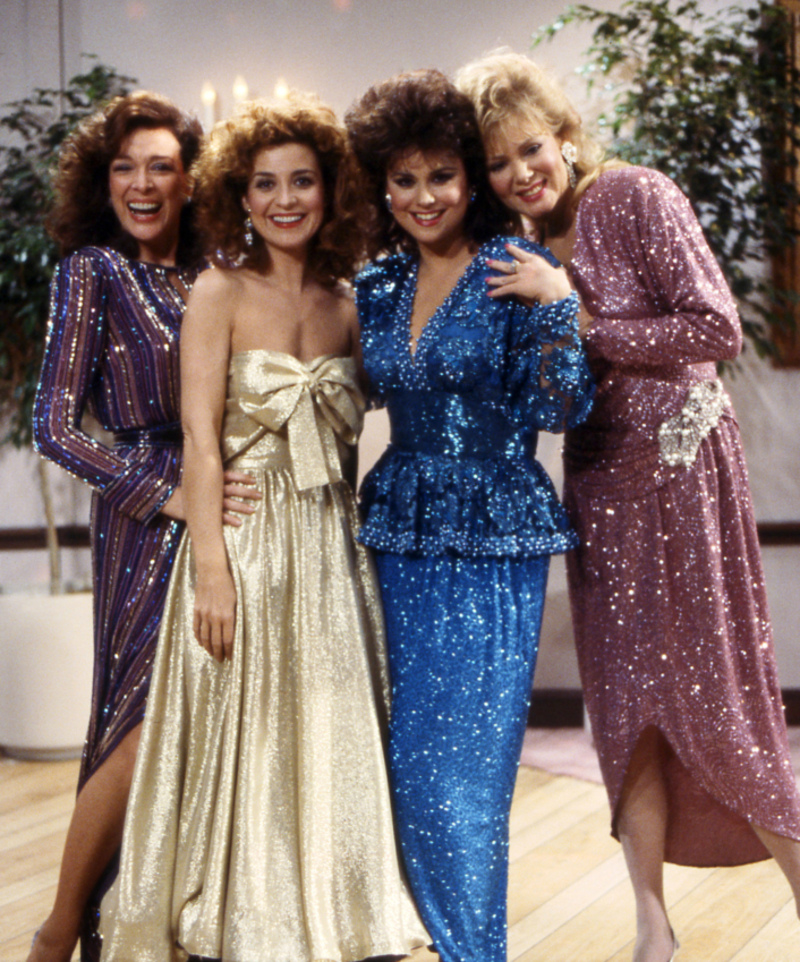
Nobody could deny the second season was a bonafide hit, and Delta Burke was one of the names on everyone's lips. She was riding high with her friends from the show, but the perfection wouldn't last.
Like a Glove
For five years, the cast of “Designing Women” worked like a well-oiled machine, fitting together perfectly. But out of nowhere, problems began to arise, and Delta Burke always seemed to be in the center of the problems.
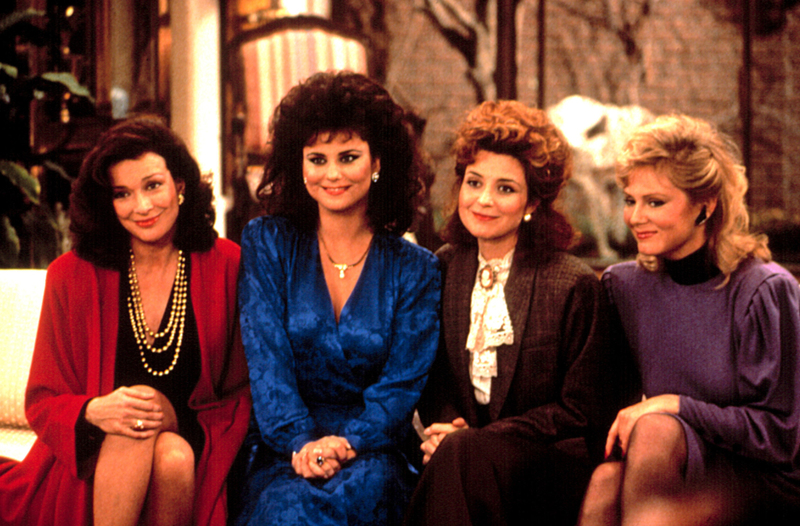
She began to publicly disparage the show, and while to many it seems like her comments came out of nowhere, the public soon learned why she was saying these things. They also learned Delta would NOT be returning for future seasons of “Designing Women,” but the reasons for that decision were kept behind closed doors. In just five short years, the wheels had fallen off a promising star's career, and it was skidding in every direction.
Tough Working Conditions
Delta made a number of claims while she was feuding with the producers of “Designing Women,” including that actors were often forced to work fifteen-hour days. Such working conditions aren't too uncommon in show business, but for a sitcom, it seems a bit odd.
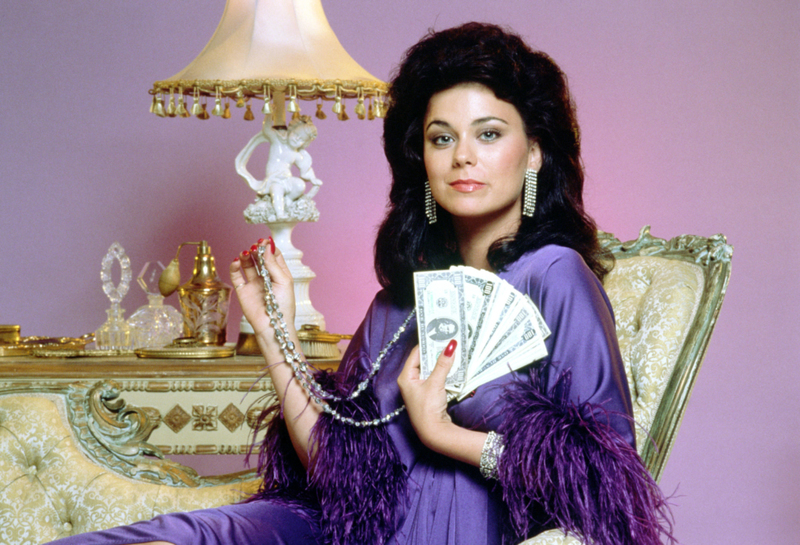
Her statements started to get wild, however — when she said things like even if they weren't being kept on set longer than they needed to be, one of the series's creators would put the cast on a room and lock it just to yell at them. The public was left wondering who to believe — were the stories true? They had no reason not to believe Delta at this point.
Friends No Longer
One of the longest-lasting consequences of Delta Burke's feud with the creators of the show was that it also led to a falling out with her co-star, Dixie Carter. Both of the women had strong personalities, so it's possible that they would end up on opposite sides of an issue one way or another, even though the two were close friends while Delta was on the show.
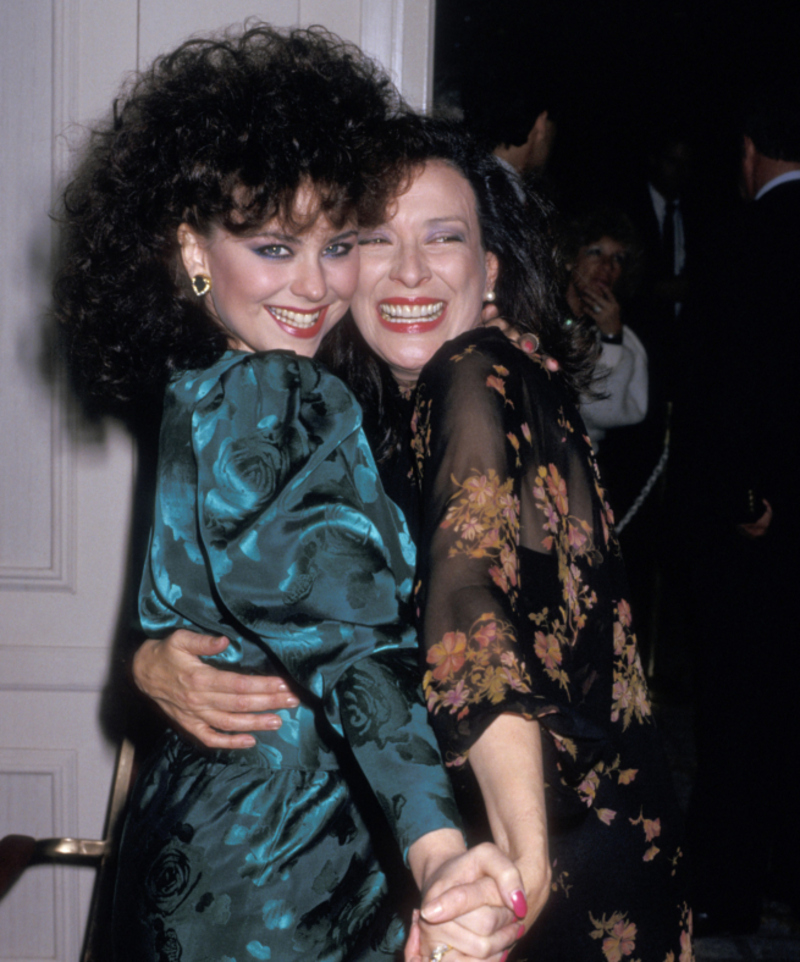
Once Delta started to speak out. However, their friendship fractured in a public and heartbreaking way. It would be more than ten years before they found it possible to repair their relationship.
Hollywood Love
Thankfully, not everything was going poorly for Delta at that period. Before McRaney had even officially divorced his second wife, Pat Moran, he and Delta were seen on each other's arms at the 1987 Primetime Emmy Awards.
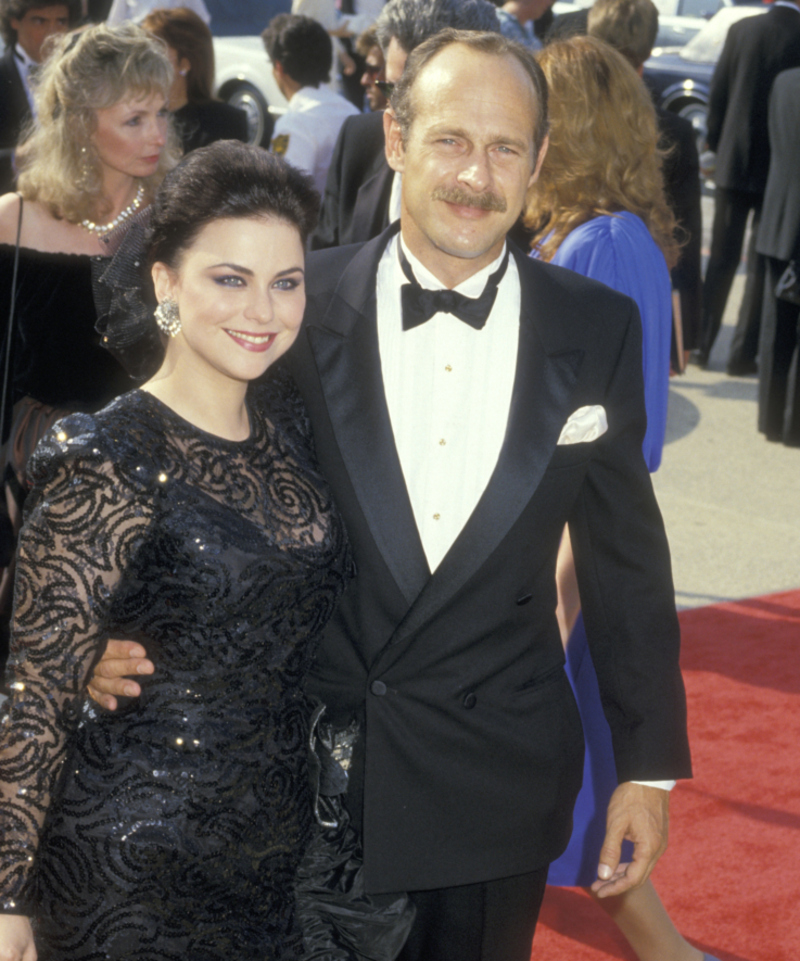
At the time, Delta was just then entering the second season of “Designing Women.” She and McRaney first met when she had a guest spot on McRaney's show “Simon & Simon.” Their love was not to be denied. According to the stories McRaney proposed on their second date. We have to imagine she said yes. Because, you know, they got married and they're still married.
He Knew a Good Thing When He Saw It
McRaney, who is now past seventy, explained in an interview that he wasn't going to let her get away. He had plenty of competition — a beauty queen who was on her way to becoming a successful actress had plenty of people asking her out on dates. But McRaney wasn't interested in dates — he was ready to move in.
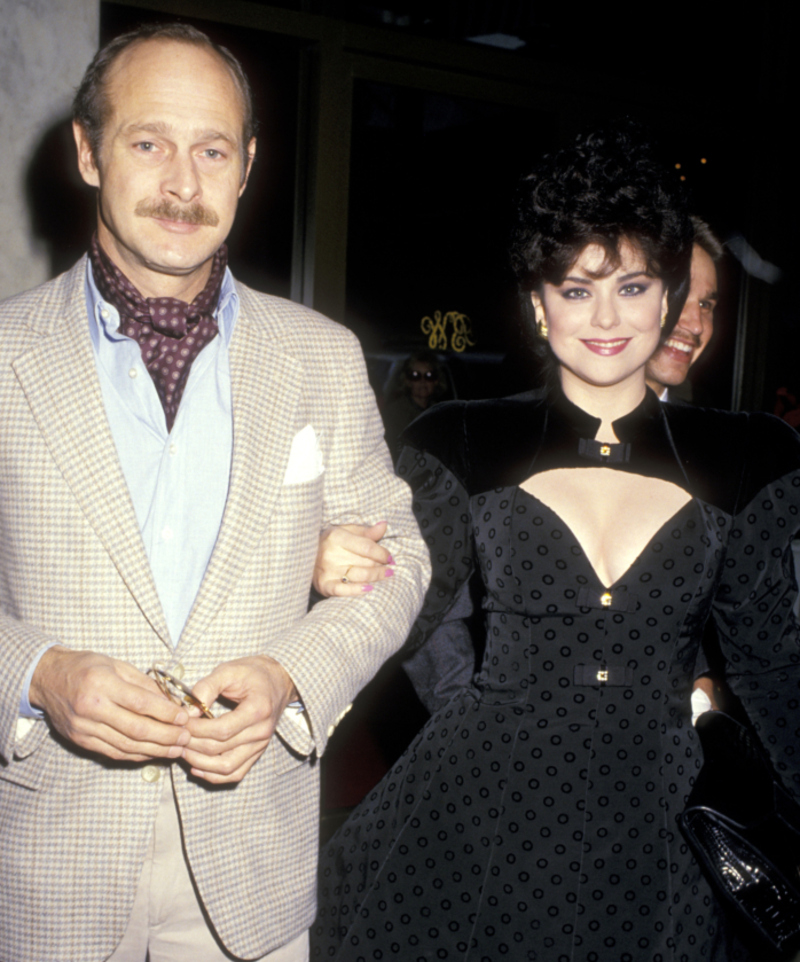
Despite the advice of friends telling him not to marry an actress, he decided someone who also worked in the acting biz would understand why he couldn't call until 2 A.M. on some days. The same year McRaney divorced Moran, he and Delta married.
No Witnesses to the Renewal
Delta badly managed her relationships with the producers and the rest of the cast on “Designing Women.” No event portrays that better than when she and Gerald McRaney held a vow renewal ceremony.
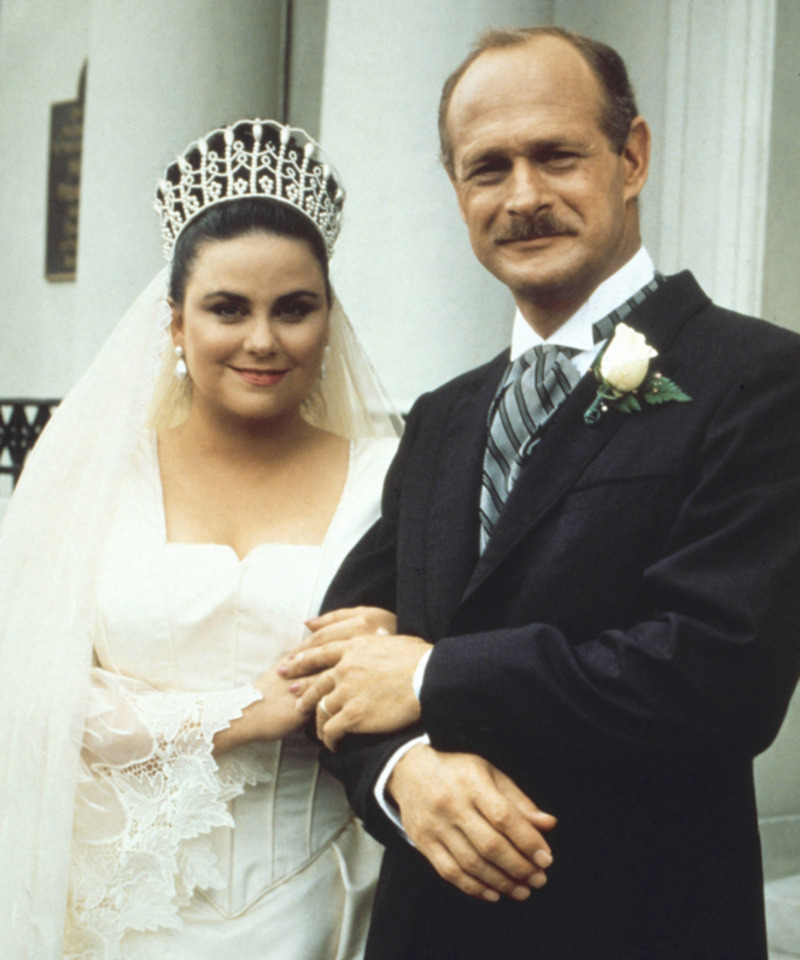
At their wedding two years previous, the happy couple had plenty of guests, including almost everyone from the show, cast and crew included. When they decided to renew their vows to each other, however, no one from the show showed up. It wasn't just Dixie Carter that Delta had pushed away — none of her old friends and coworkers made it to the ceremony. This did nothing to how Delta felt, unfortunately.
Feelings Redoubled
To those who didn't know any better, Delta's behavior appeared increasingly erratic and even aggressive. For Delta, however, the feelings of inadequacy and all the attention being on her from her time as a pageant star had come back, doubled, and redoubled thanks to the cameras broadcasting her image everywhere.
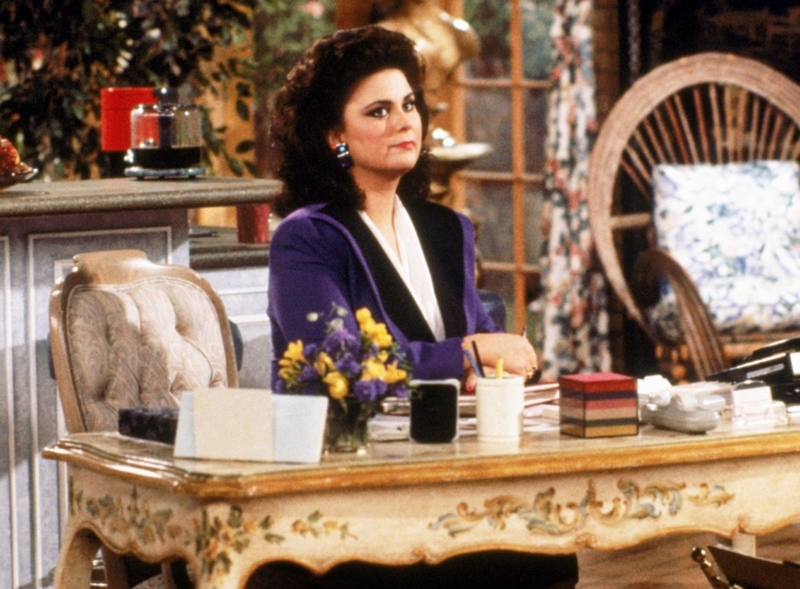
Unfortunately, instead of explaining how the pressure was affecting her, Delta clammed up and tried to fight through it on her own. By the time she had won the battle, her career was almost over, and most of her relationships were in shambles. Her time on “Designing Woman,” to be sure, was about to end.
Tensions Continued to Rise
Delta Burke clearly wanted out of the show for any number of reasons, but Linda Bloodworth-Thomason, the lead writer and creator of the show, didn't write her out. At least, not until the very last episode of the sixth season.
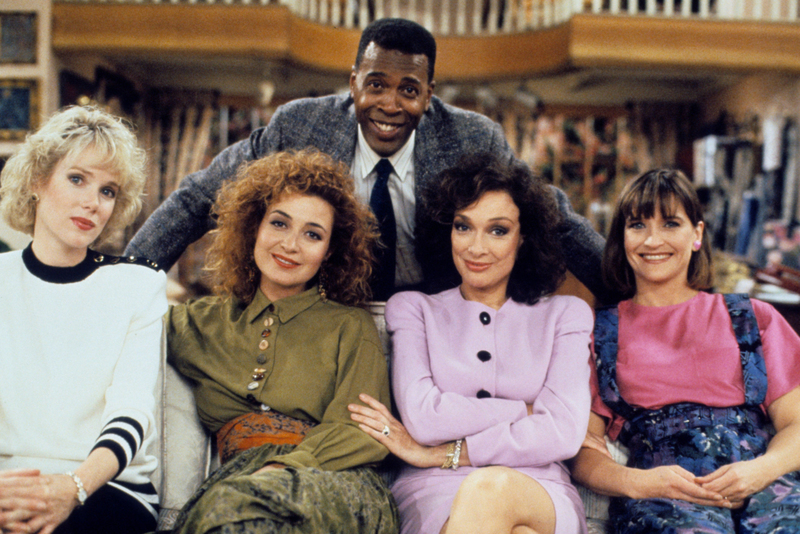
Thomason had always planned to write her out but wanted to do it on her own terms and not Delta's. Rather than write her out gradually, the producers realized they needed Delta's character far more than she needed them, and so she was a full-time member of the team until she became too troublesome to handle. Once that happened, she was gone in the blink of an eye.
Official Reasons
From what information the show divulged, the reason for Delta's departure was her attitude on the set. The producers said that she was far too argumentative, and her big personality was creating disorder with the rest of the cast and the crew.
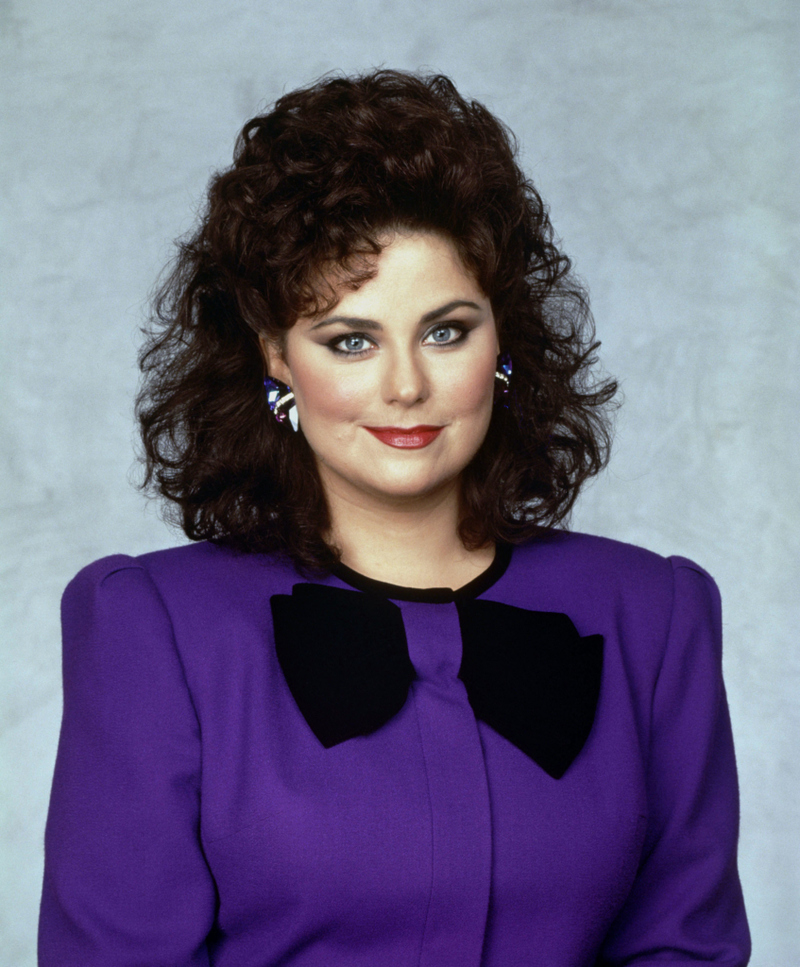
There were clearly other reasons why Delta left. While they were not part of the official release, they were clearly other parts of the issue. One of the other possible reasons was that over the years on the show, Delta had gained a considerable amount of weight, and there were some whispers that part of the reason the show had dropped her was that the producers didn't like the way she looked anymore.
A Very Special
While it's commonly thought the weight gain was one of the reasons for Delta leaving the show, the show itself seems to negate the theory. At the very least, it was fine capitalizing on the physical changes Delta underwent.
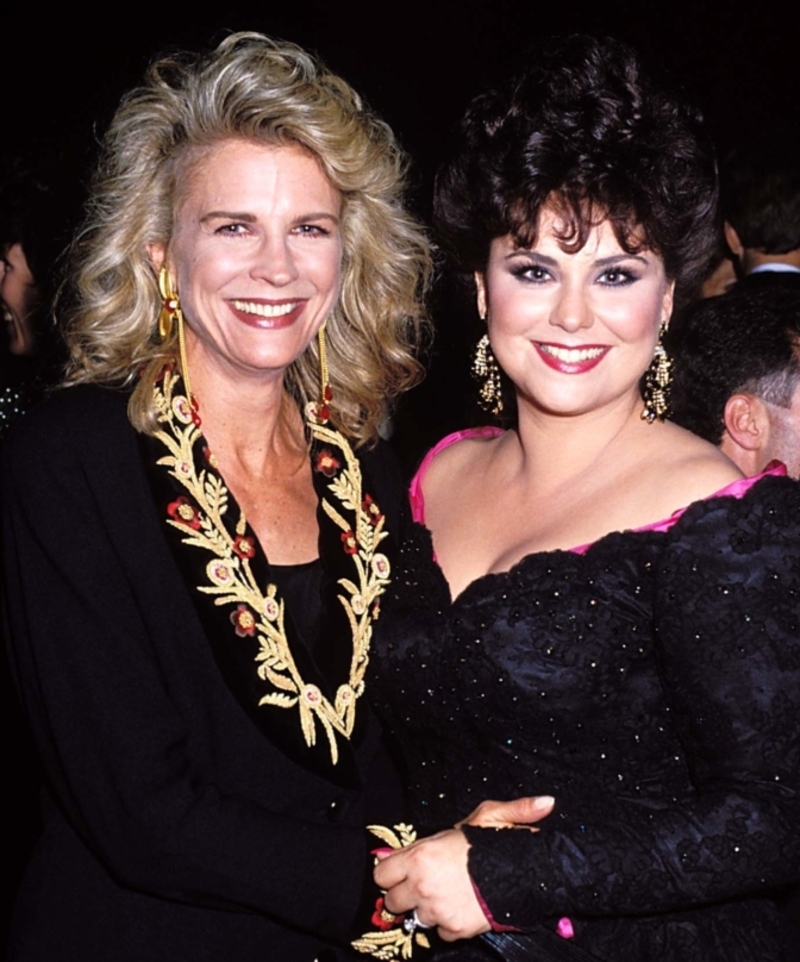
One of the most well-regarded episodes of the show even addressed Delta's weight gain head-on, having Delta's character Suzanne attend a high-school reunion. At the reunion, hardly anyone can get over how much weight she's put on. Delta was even nominated for an Emmy award for the episode. If the show did boot her for weight gain, it's a pretty hypocritical action to take.
Whose Idea Was It?
Thanks to that very special episode about Delta's weight gain, she found a new battlefield on which to meet the producers of the show. She was the one who got the Emmy nomination for the episode, but she then went on to claim the entire idea of the episode had been hers.
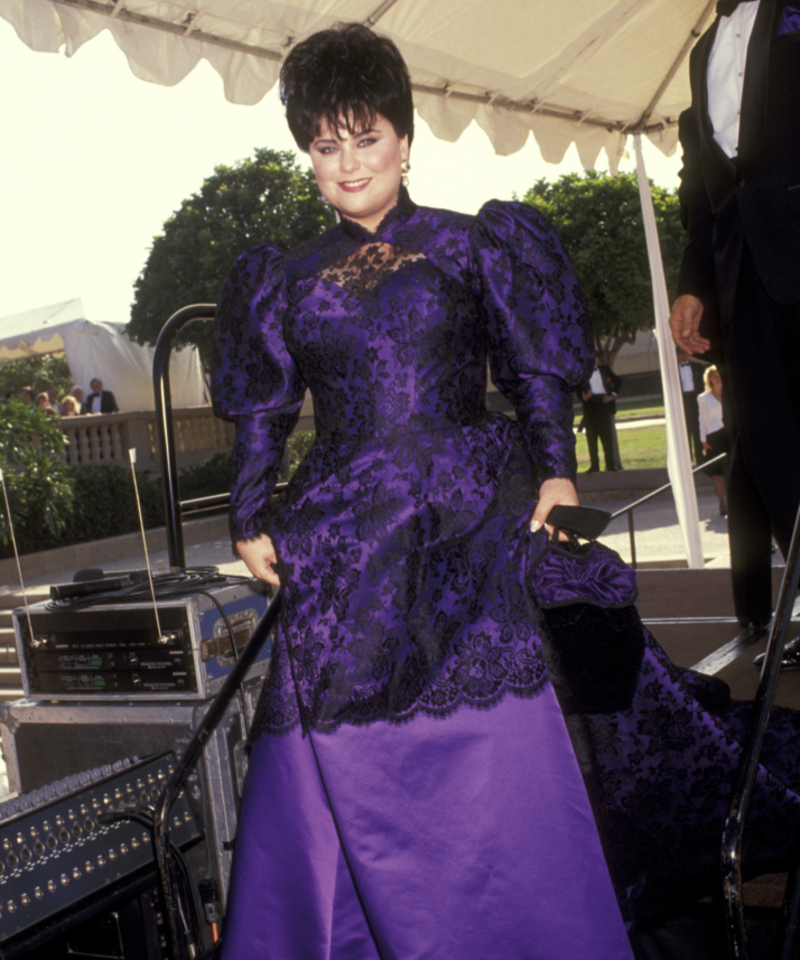
Linda Bloodworth-Thomason fired back that she had been forced to convince Delta to even do the episode. Delta wanted more recognition as one of the reasons for the high ratings, but it was hard to get Thomason and the other producers to budge an inch. They doubled down on their disagreements.
Because of the Tabloids
One of the reasons the show decided to address Suzanne's — and Delta's — weight gain was because of the rumor rags. The tabloids couldn't get enough of teasing Delta about the pounds she'd packed on. The public, lemmings that they are, started joining in, and they laughed at the expense of her health and sanity.
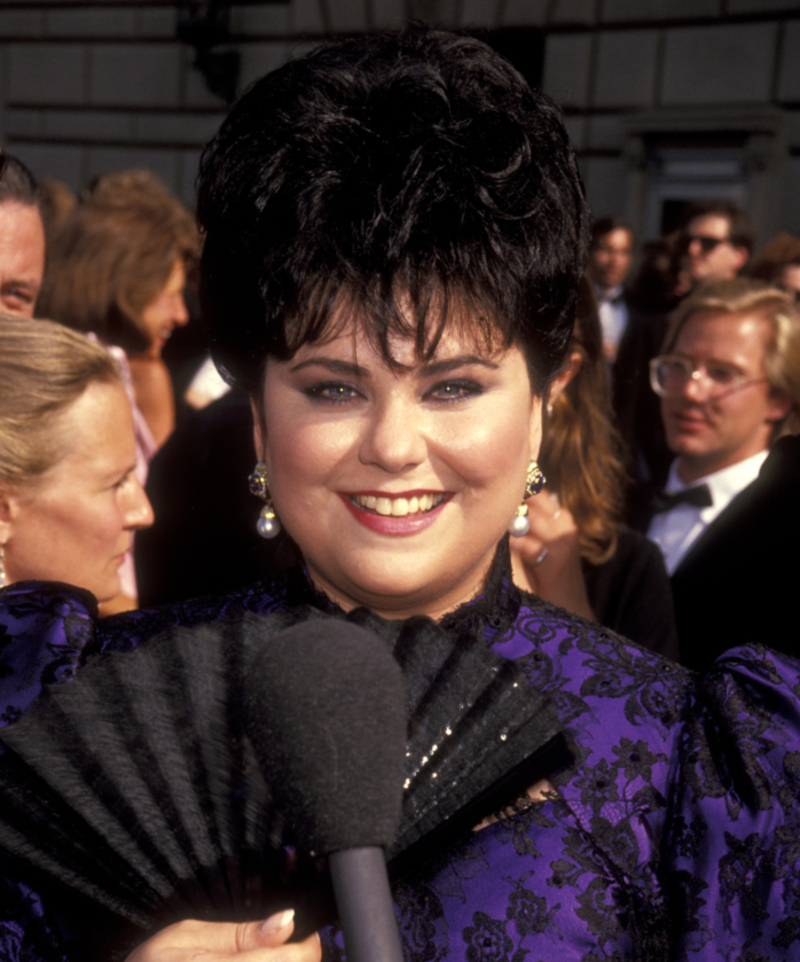
Even when her personal life was going well, the unkind words continued. The toll on Delta's mental health grew and grew. Even when she went on radio shows — with no visual component — the hosts would come right out and ask her: “How much weight have you put on?” Through all this, Delta found it possible to rely on only one person.
After the Show
When her time on her Emmy-nominated show finally ended, Delta retreated to her home in New Orleans. She needed to stay out of the spotlight for a little while until she figured out what she wanted to do next.
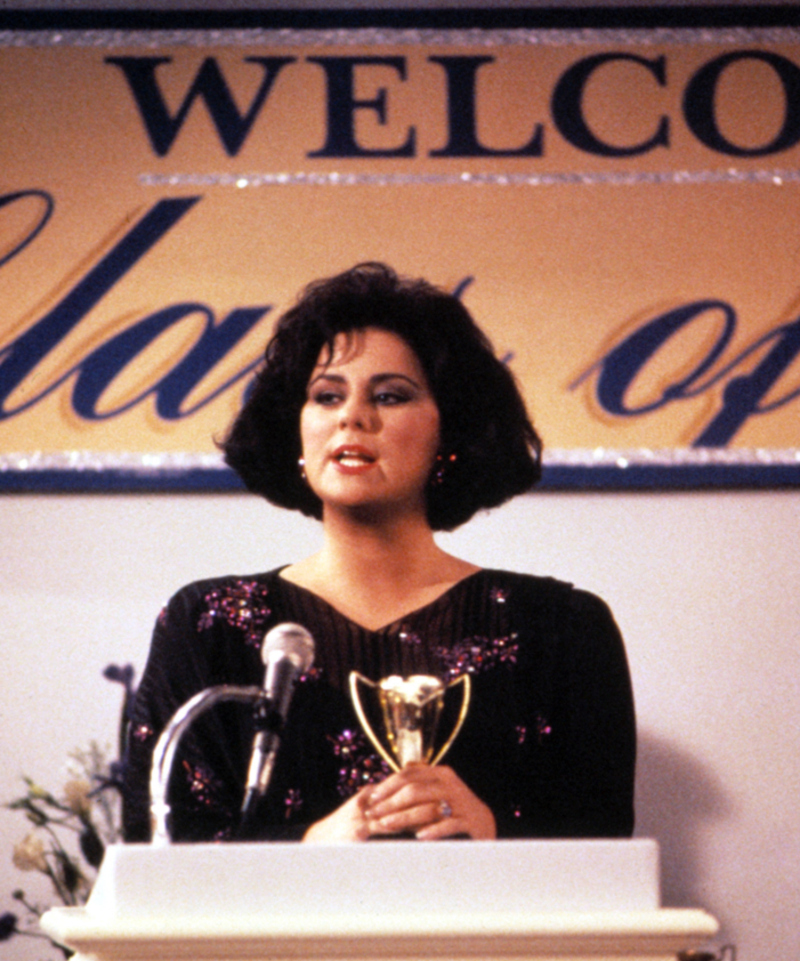
After periods of such intense ridicule, the idea of widespread attention for anything was anathema for her. Rather than try to address her sunk image right away, she decided to keep her head down and let the talk peter out for a little while. However, it wouldn't be too long before she made her move to get back into the spotlight.
An Attempt at a Comeback
Delta's first attempt at returning to the spotlight was the show “Delta” in 1992, in which she played an aspiring country music singer. She had to go blonde for the part. Unfortunately, the show never got a good footing, and after a single year, the season was canceled — Delta was back to being brunette.
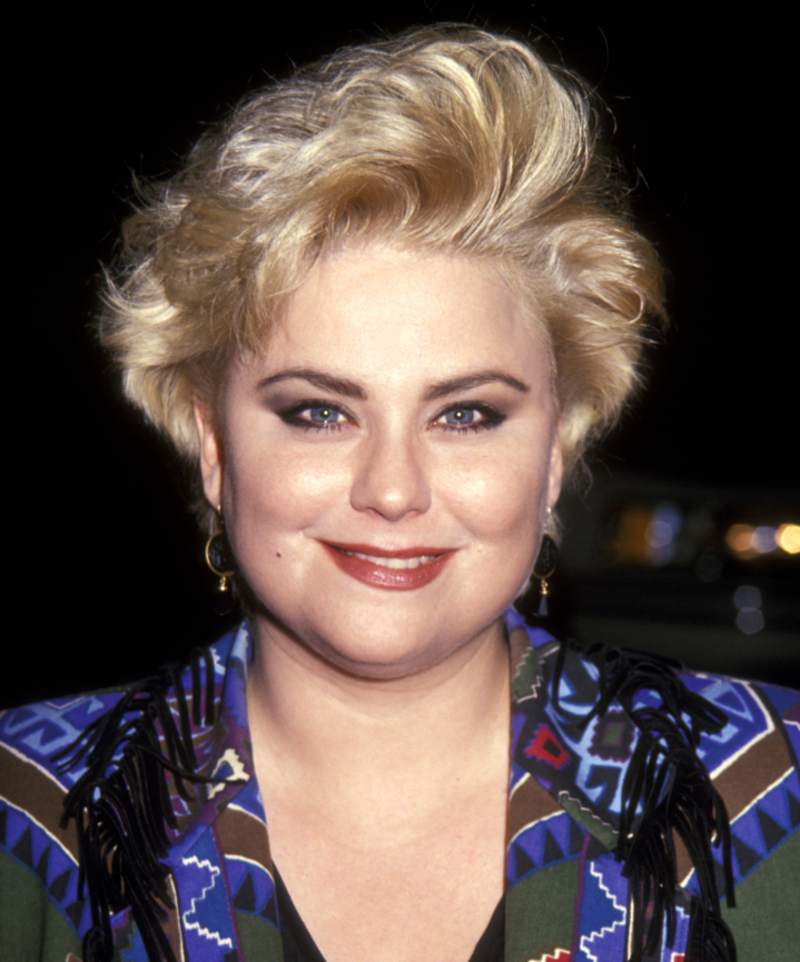
The show had Delta working as a hairdresser, eager to follow in the footsteps of her character's childhood idol, Patsy Cline. The show was an early appearance of famous comedy Bill Engvall, who acted as Buck, Delta's husband. Delta utilized her own singing abilities to provide the tunes viewers heard.
Rebuilding Relationships
“Designing Women” tanked without Delta on board. Whether it was because she was such an important piece of the sitcom puzzle or for another reason, it's hard to tell. It got one more season of good ratings — thanks mostly to the drama of Delta leaving the show — and then audiences stopped caring.
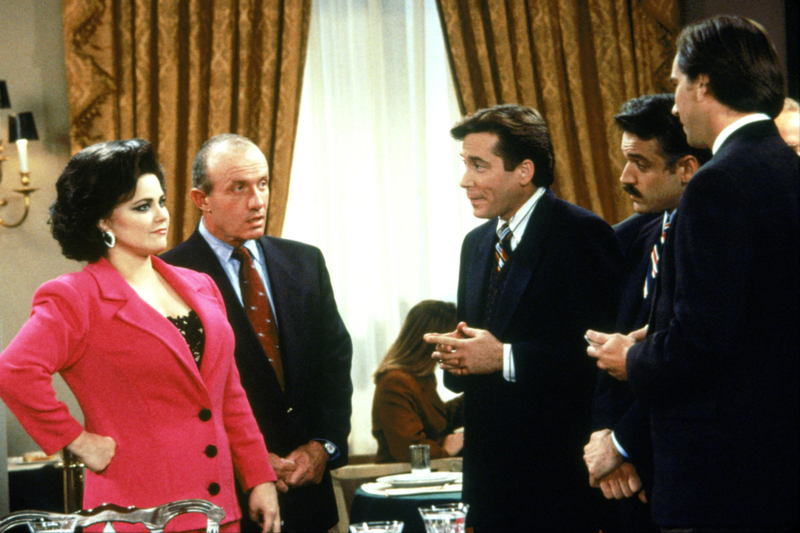
A few years later, in 1995, Thomason and Delta were able to repair their relationship, with Linda offering Delta the top spot in a “Designing Women” spin-off called “Women of the House.” This show would feature Dixie Carter since she was still at loggerheads with Delta, but there was still a lot of work to be done before Delta was ready.
The Weight Gain Comes Home
In the year 1997, Delta was ready to get back to her old ways of charming audiences and bringing in the Emmys. A new problem arose, stemming from her weight gain and unhealthy eating habits.
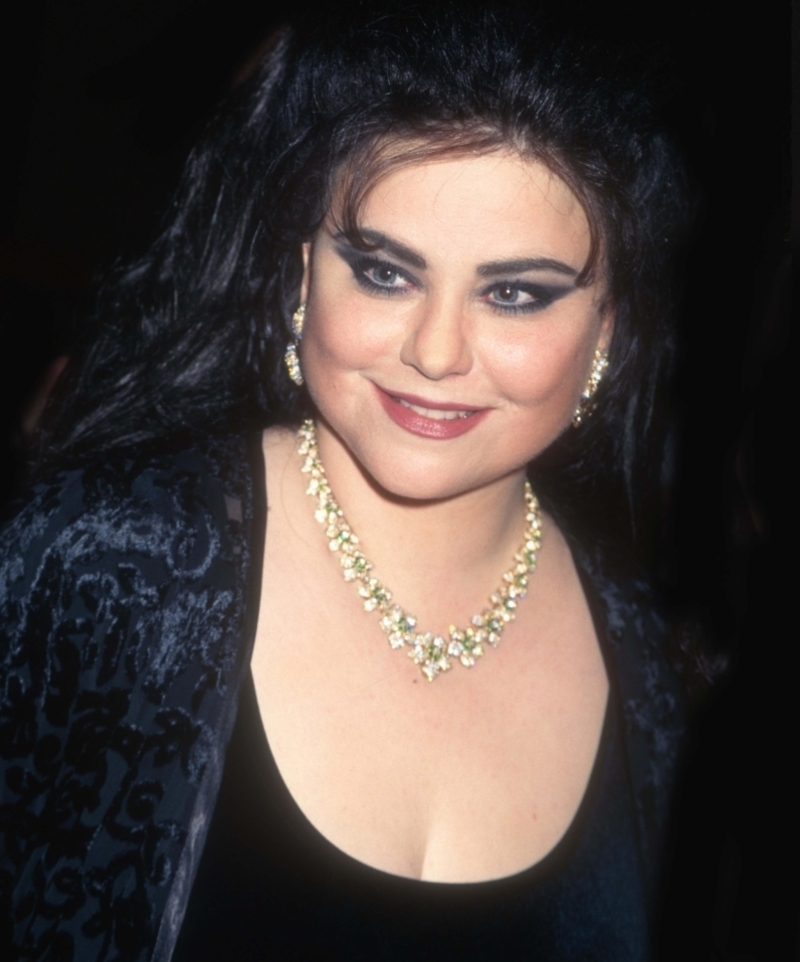
Doctors informed Delta she had Type II Diabetes, forcing her to rethink her entire lifestyle. She was forced to now not only try to find a way to rebuild her career, but she needed to manage a dangerous and potentially deadly disease, which came with a whole host of complications. And, as a surprise, some unexpected benefits.
A Reversal of Fortunes
Delta had to take drastic measures to remain healthy enough for the occasionally physically demanding nature of acting work. She changed her eating habits, and the weight that the public and tabloids had so quickly ridiculed began to melt away.
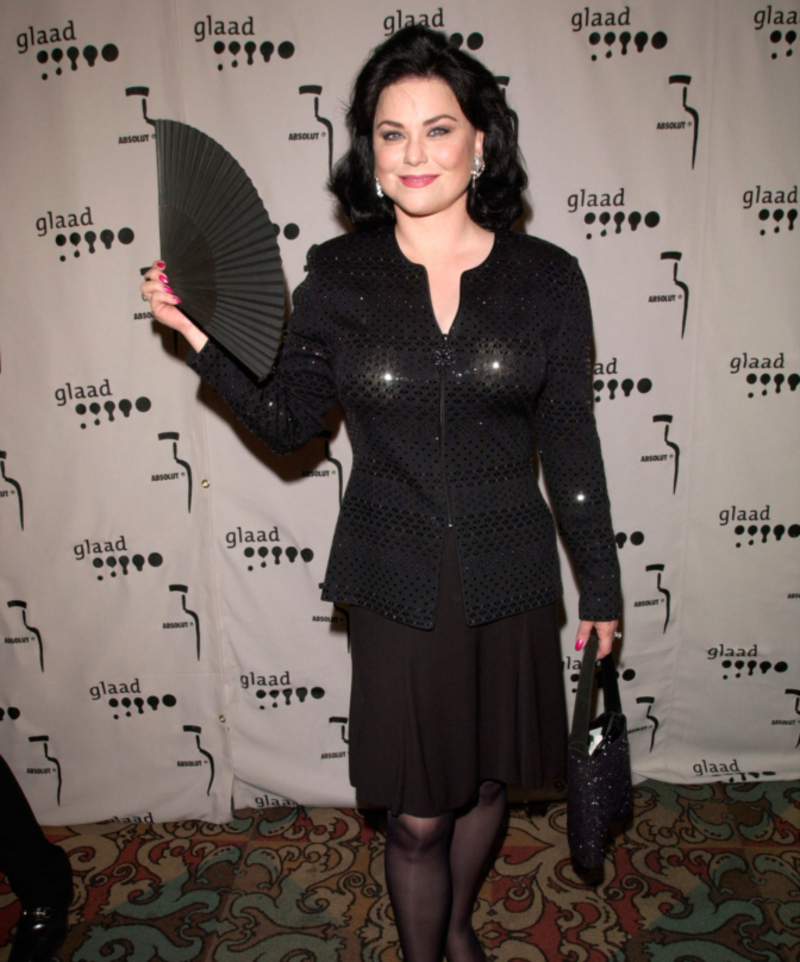
Profiles of how slim she had become began to pop up. She told “People” magazine during an interview that she had removed high glycemic foods like white bread, rice, and refined foods — good advice for anybody who isn't happy with their high weight. It was a huge change to Delta — she lost weight and gained energy.
Facing Her Demons
Delta had to face the problems that had been hounding her since her time as a beauty queen. Even before she was taking part in pageants, Delta had suffered from depression. Anybody afflicted with this disease knows that sometimes rational thought takes a backseat to obsessive and dangerous thoughts.
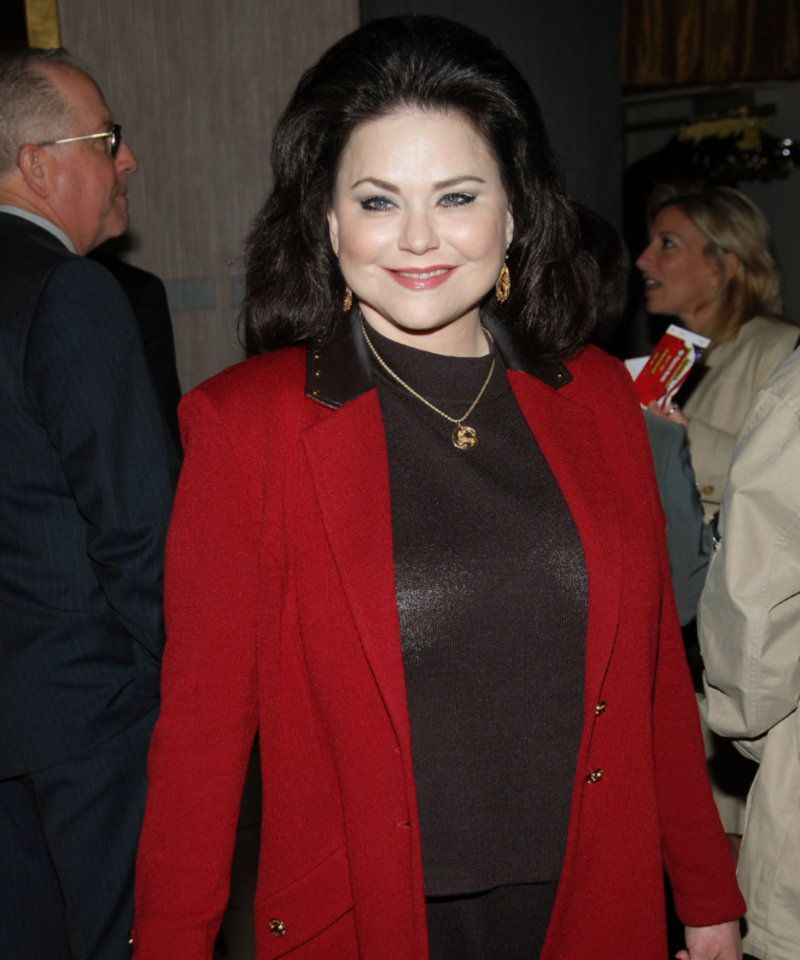
After she left “Designing Women,” she found she was able to get the help she needed. All of Delta's toughest days had a lingering depression hiding behind them, like a shadow sticking to her heels. It affected everything she did, from her weight gain to her actions on the show. Her husband, in particular, fueled — and eased — the feelings that Delta struggled with.
Yet Another Problem
There was more than just depression that made life difficult for Delta. In 2008, she revealed that in addition to depression, she suffered from compulsive hoarding syndrome, and it was just another thing she had to work past before she could truly start to live her best life.
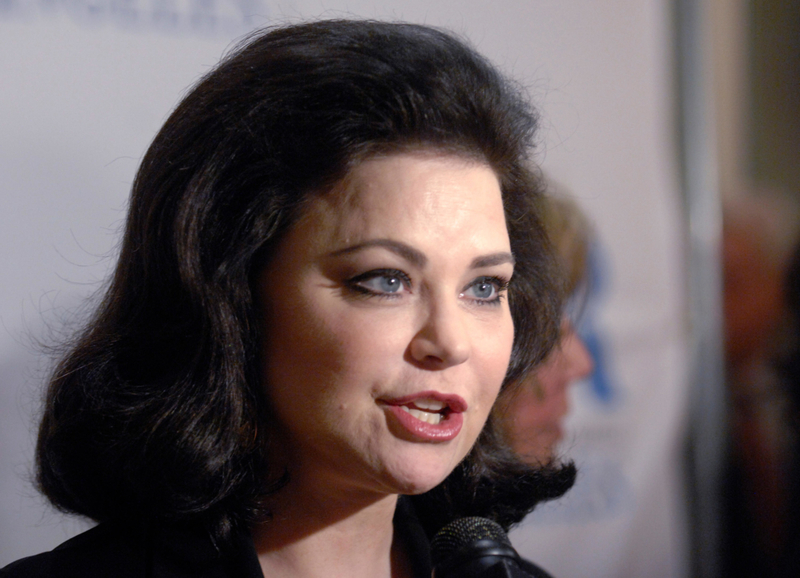
She enlightened everyone in an “Entertainment Tonight” interview, divulging that at one point, she had a mind-boggling twenty-seven storage units to hold her stuff. She points at her mother's actions as part of the problem, saying she got the hoarding from mom: “She saved the diaper I came home from the hospital in!” Gross, Mom.
Later Success
Even after her brief time in the spotlight ended, Burke wasn't about to stop working. In the year 2000, she appeared in a number of TV movies and also had a supporting role in the Mel Gibson film “What Women Want.”
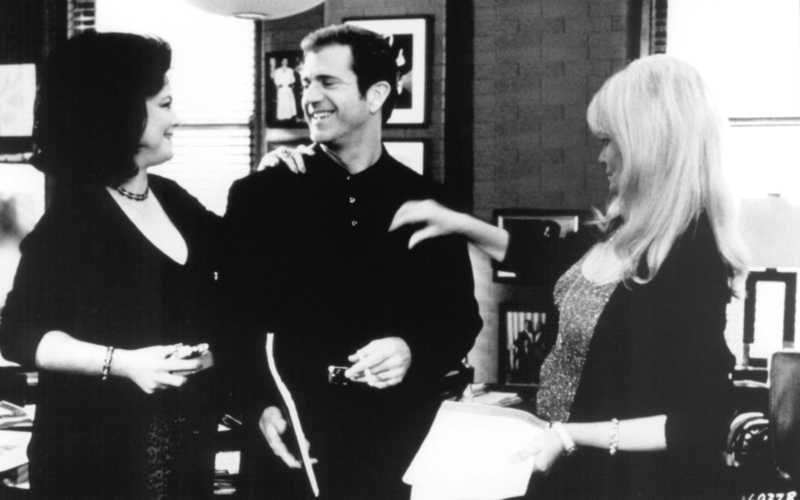
In the early two-thousands, she co-starred on the sitcom “DAG” with David Alan Grier. By that point, she had lost most of her excess weight. She first appeared on Broadway in September 2003 when she starred as Mrs. Meers in the musical “Thoroughly Modern Millie,” playing the role until February of 2004. At that point, she was replaced by... her “Designing Women” co-star Dixie Carter.
An End to Her Acting
Though she has had a few small roles here and there, Delta's career began to fall in March of 2012. She was cast in the ABC comedy pilot “Counter Culture.” While filming the pilot, Burke fell on set, and production was halted.
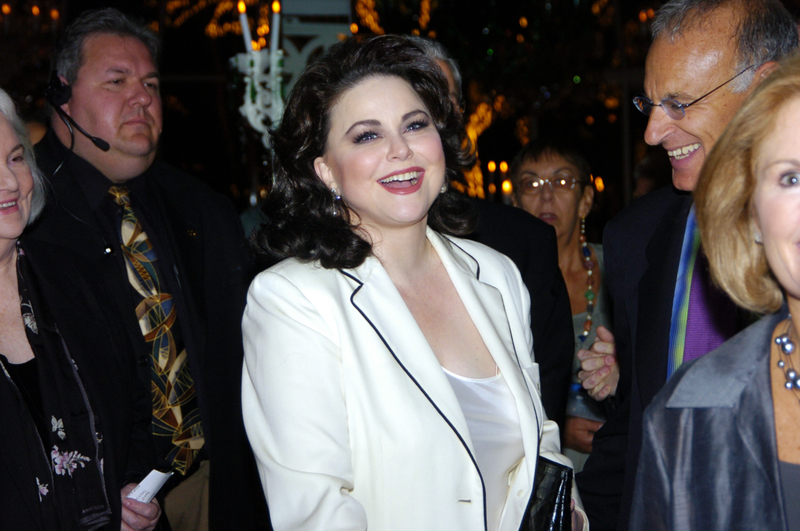
The pilot had to wait and was not picked up for a series. In 2008 she played the role of a character on a Hallmark Channel film, “Bridal Fever,” and during the third season of “Boston Legal,” she appeared for five episodes as Bella Horowitz, an old flame of William Shatner's character, Benny Horowitz.
Friends Again
More than a decade after their painful and public falling out, Delta and Dixie mended fences. It happened privately at first, and the details have never been made public, but it eventually bled into their professional lives as well.
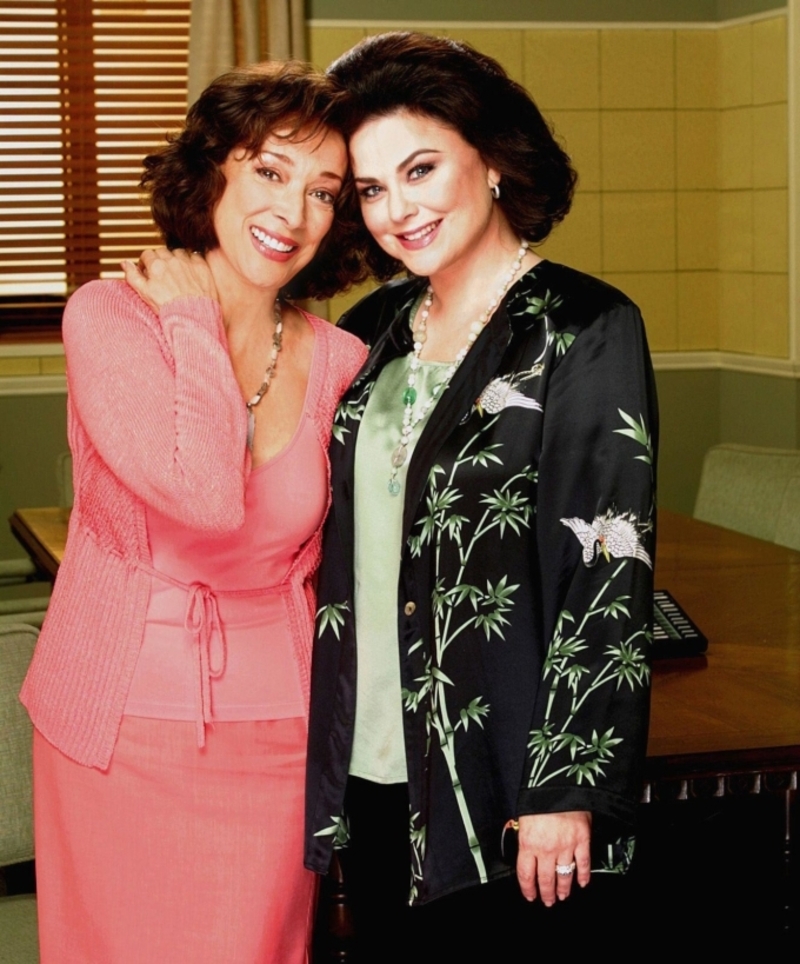
Delta would appear as a guest star on Dixie's show “Family Law” in 2002. It was their third time acting as relatives, but the first time during a drama show. Both women were glad they had pushed through the drama and reconnected. Dixie passed away in 2010. A few more members of the show departed soon after, with both Jan Hooks and Meshach Taylor dying in 2014.
Personal Accolades
Even apart from “Designing Women,” Delta had plenty of personal awards and nominations to boast about. She was nominated for two primetime Emmys while on the show, both of them for Outstanding Lead Actress in a Comedy Series, though she didn't win either.
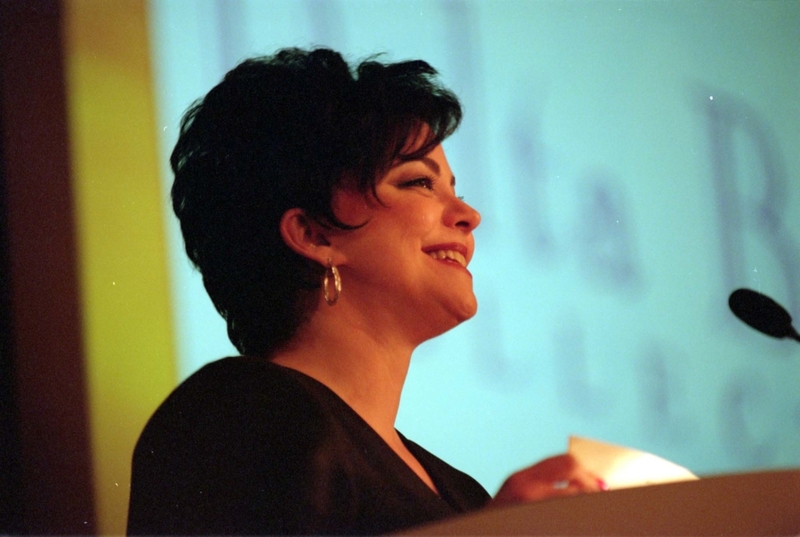
She was nominated for Actress of the Year in a New Series for the 2001 TV Guide Awards and was nominated for three Best Actress in a Quality Comedy Series from Viewers for Quality Television Awards while part of “Designing Women.” She also won the Online Film & Television Association award for Best Guest Actress in a Cable Series in 1999, thanks to “Any Day Now.”
He Was Always With Her
The support of her husband was something that Delta was able to lean on through everything that happened. Despite being a beauty queen and a television star, Delta is still with Gerald after almost thirty years of marriage.
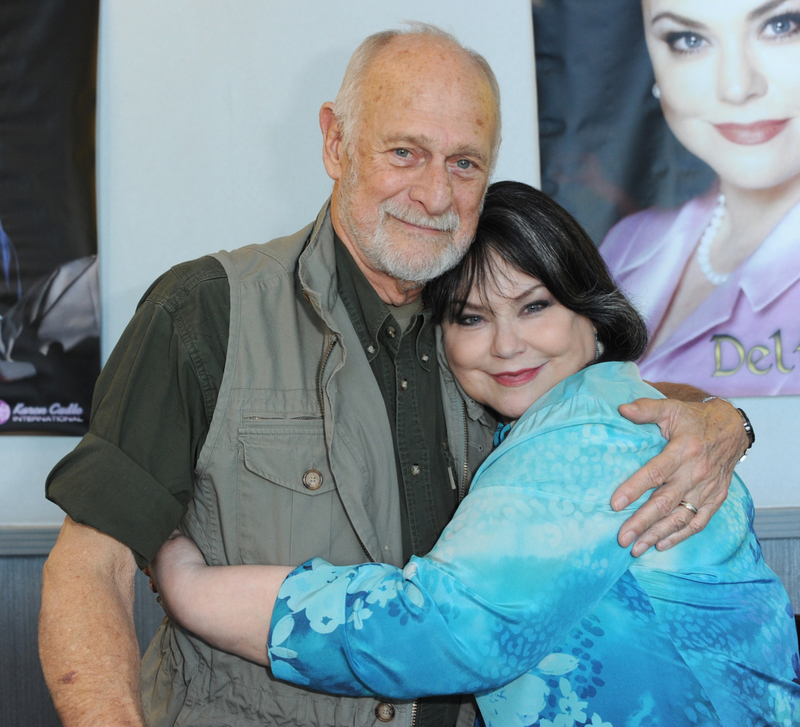
Their relationship is still going strong. Delta was there when Gerald received an Emmy for his work on “This Is Us.” Despite the fact that their relationship is strong — there were none of the normal infidelity and problems that plagued most Hollywood — there are some people who think that Gerald bears some of the blame for what happened with “Designing Women.”
The Blame Game
Gerald seems to be nothing but a good guy, as far as we can tell, but unknowingly he caused some of the problems. The beginning of the problems came with Delta Burke's weight gain. At the same time, Gerald wasn't shoveling food down her throat every opportunity she had; their happy marriage — like a lot of happy marriages — coincided with increasing weight.
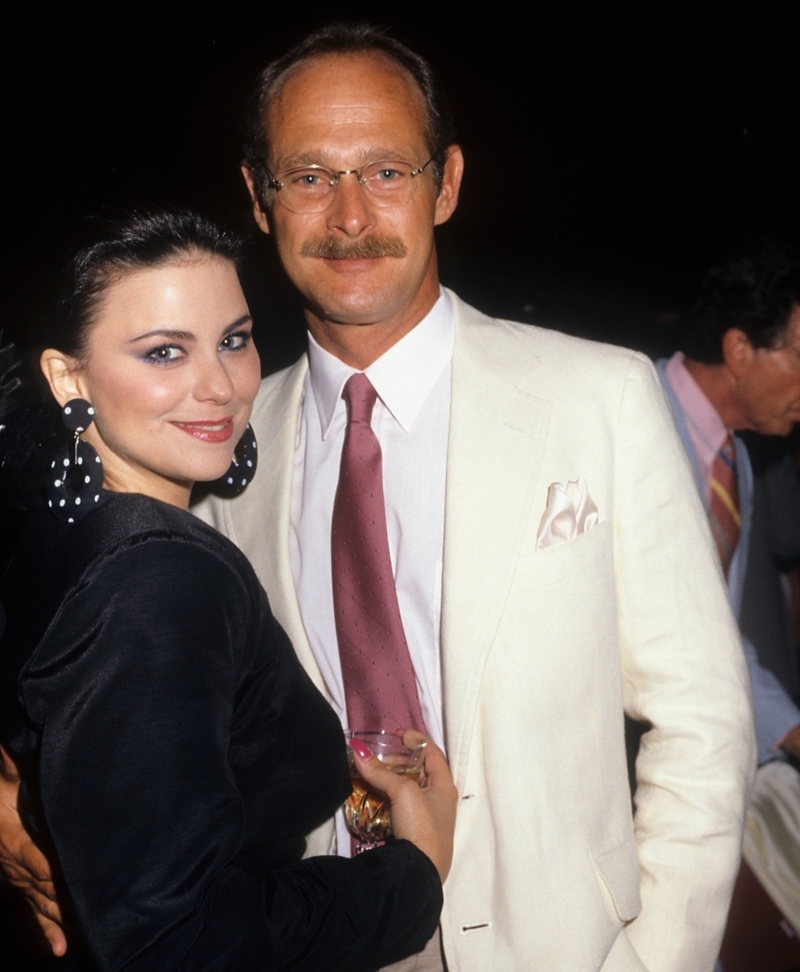
Some sources claimed that he also had the home stocked with anything that she wanted to eat, including pounds of chocolate. It was his way of saying that he loved her, not just what she looked like. It was a statement he would make many times during their marriage.
On the Other Hand
While many are quick to point fingers at McRaney, Delta has always said that her husband was nothing but supportive. When diabetes began affecting her life, McRaney was her second line of defense against poor eating choices. He was quick to remind her what she should and shouldn't be eating.
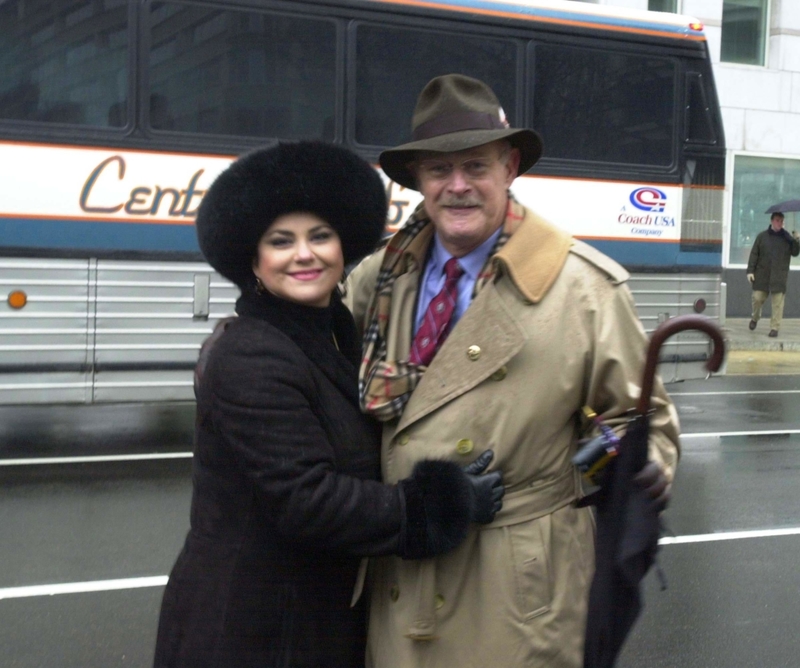
It never mattered how overweight Delta got; McRaney was always there to love and support her. He's said that he enjoys giving her insulin shots because it makes him feel like he's taking care of her. Delta told “Diabetic Living” that she credits her husband with helping her bounce back from an unhealthy situation.
His Own Health Struggles
McRaney was committed to helping his beloved wife stay healthy since he himself knew what it was like to go through a health scare. After a lifetime of smoking like a chimney, Gerald found out that he had lung cancer. The cancerous growth — which was determined to be malignant — was found during a physical examination before the actor had minor knee surgery.

Although the growth was malignant, it was detected at an early stage and was easily removed. McRaney recovered to full health, just prior to acting on a short-lived show named “Commando Nanny,” about a wealthy Beverly Hills businessman who hires a special-forces commando soldier to babysit his children.
Child Rearing
While this couple hasn't produced any children, McRaney has three children from previous marriages. McRaney had one son named Angus and a pair of daughters named Jessica and Kate. All three of the children live private lives, having stayed out of the acting business. In fact, even basic information isn't very well known about the three of them (which is fine).
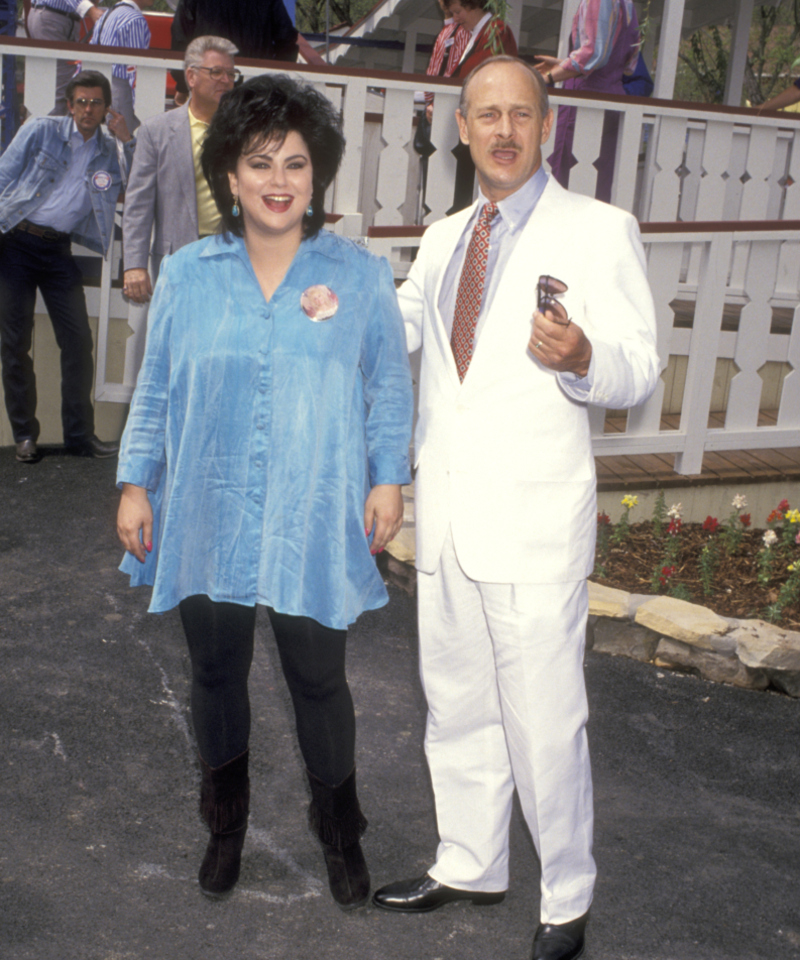
Jessica was born in 1967, and Kate was born in 1984. There have been no whiffs of step-mom drama from any of the children, and who could blame them? Other than her time on “Designing Women,” Delta seems like a saint.
Off-Screen Activities
They don't have children of their own, but both members of this union keep busy when they aren't acting. Delta penned a book about style in 1998: “Delta Style: Eve Wasn't a Size 6, and Neither Am I.” We'd like to know how she knows what Eve's measurements were.
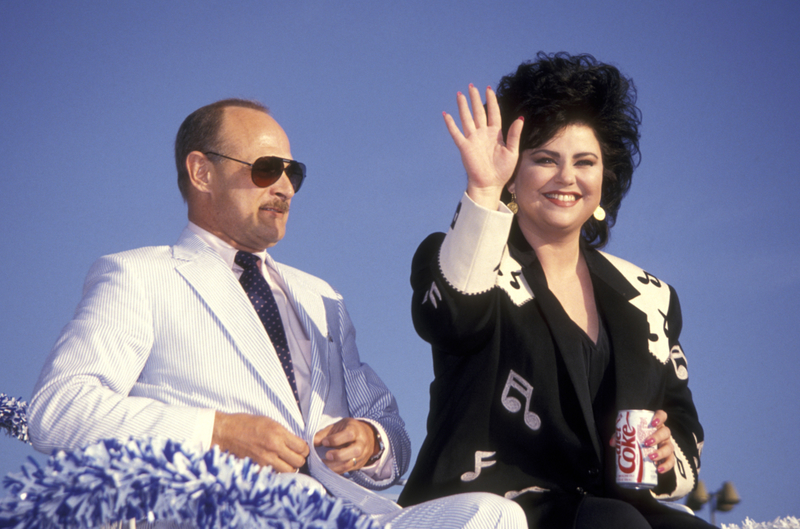
Burke is also an ardent supporter of gay rights, having worked with openly gay playwright and screenwriter Del Shores on several occasions. Delta has long been a supporter of gay rights, all the way back when she attended acting school in London. Her sister, Jennifer, is also a member of the LGBT+ community.
Supporting the Troops
McRaney has always been a supporter of the United States armed forces, despite not being a veteran himself. He made numerous trips overseas to support the soldiers of Operation Desert Storm. In 1993, he visited troops serving in Operation Restore Hope in Somalia. A year later, he visited Haiti to see the troops of task force 180 during Operation Restore Democracy.
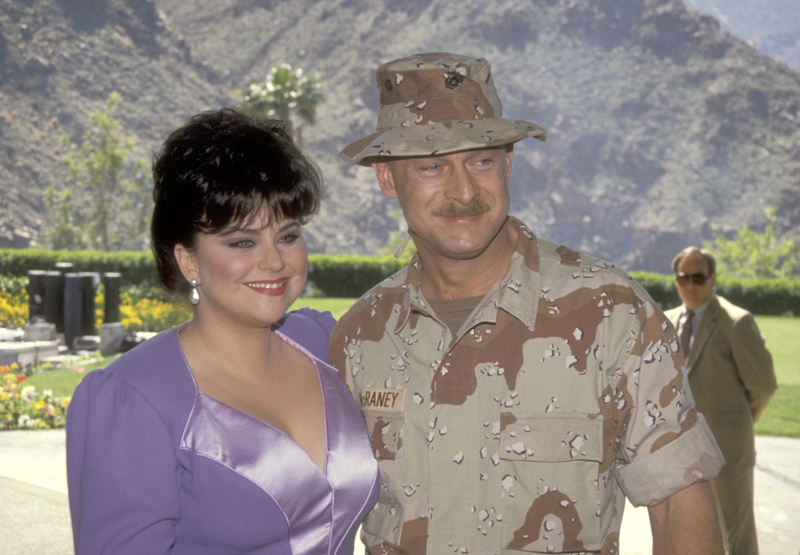
He was also head of the Veterans Affairs Department in the 2002 National Salute to Hospitalized Veterans campaign, which honored hospitalized vets and promoted volunteering at VA medical centers. He's appeared in numerous commercials for the Wounded Warrior Project, and there have been plenty of other trips around the world in support of armed forces.
Oddly Similar Politics
While a registered Democrat for most of his life, in the late eighties, McRaney realized the party had changed, and he was more of a Republican. While the most presidential vote of his life was for Hubert Humphrey, he supported the George H. W. Bush campaign, as well as several others after that point.
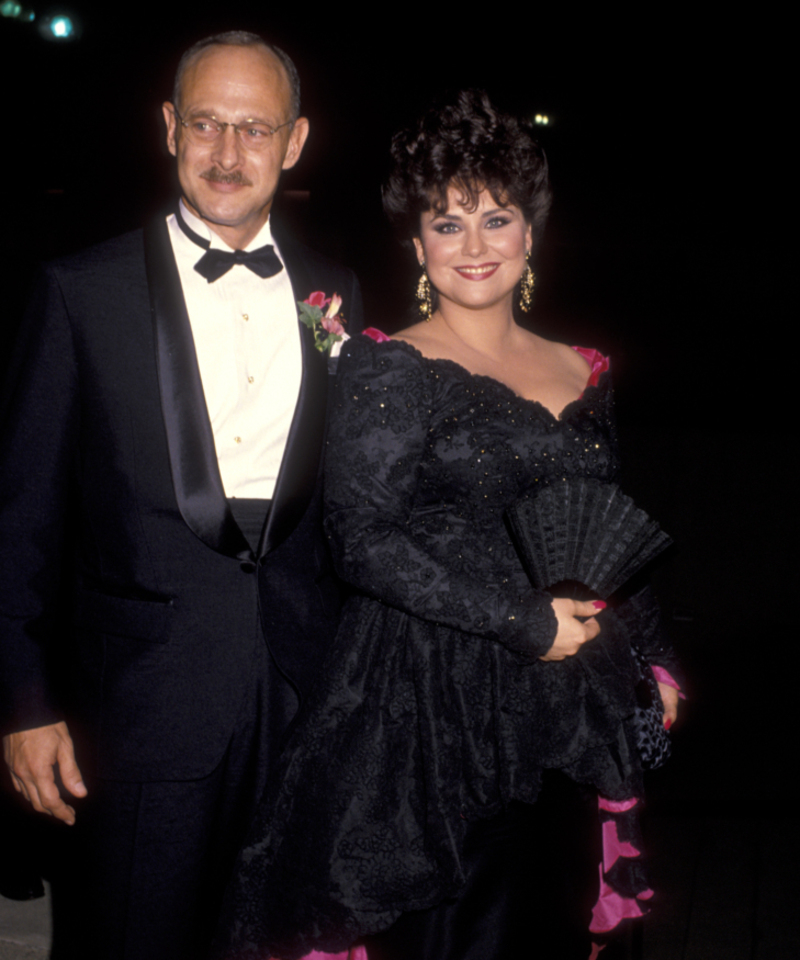
Despite Delta's support for gay rights, she seems to be a Republican along with her husband, though she isn't as active in the political sphere. In contrast with most of the other characters on “Designing Women,” her character Suzanne was also a Republican as well as an NRA supporter — just like Gerald.
A Political Reason for Strife
It's possible that Delta's politics was another reason for the drama on the set of “Designing Women.” While she and her character were Republican — or at least had Republican leanings — a majority of the other characters were not.
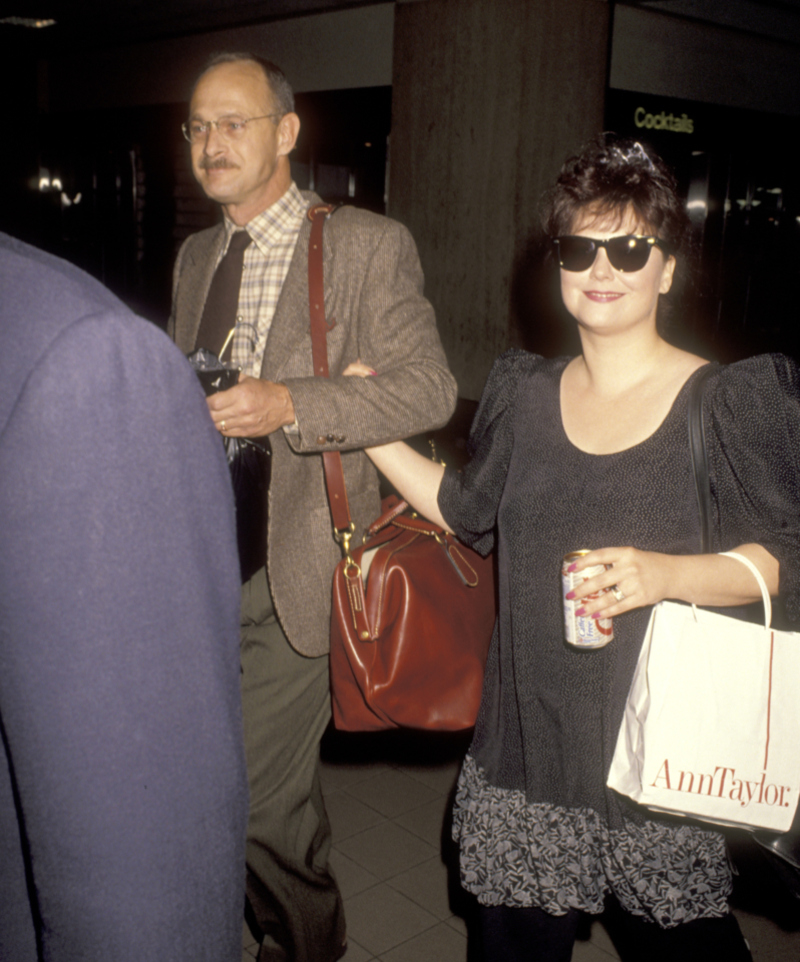
Linda Bloodworth-Thomason was a strong supporter and longtime friend of Bill Clinton and his wife Hillary, and most of the characters on the show were Democrats, including Dixie Carter's character Julia Sugarbaker. In real life, however, Dixie Carter leaned Republican and eventually cut a deal with Thomason that for every left-leaning monologue on the show, Carter would get to sing a song in an episode.
The Secret to a Long-Lasting Marriage
McRaney wasn't the only one who was supportive of his spouse. With Gerald's acting career continuing after more than fifty years, he finally garnered his one and only Emmy award after acting as Dr. Nathan Katowski on “This Is Us.”
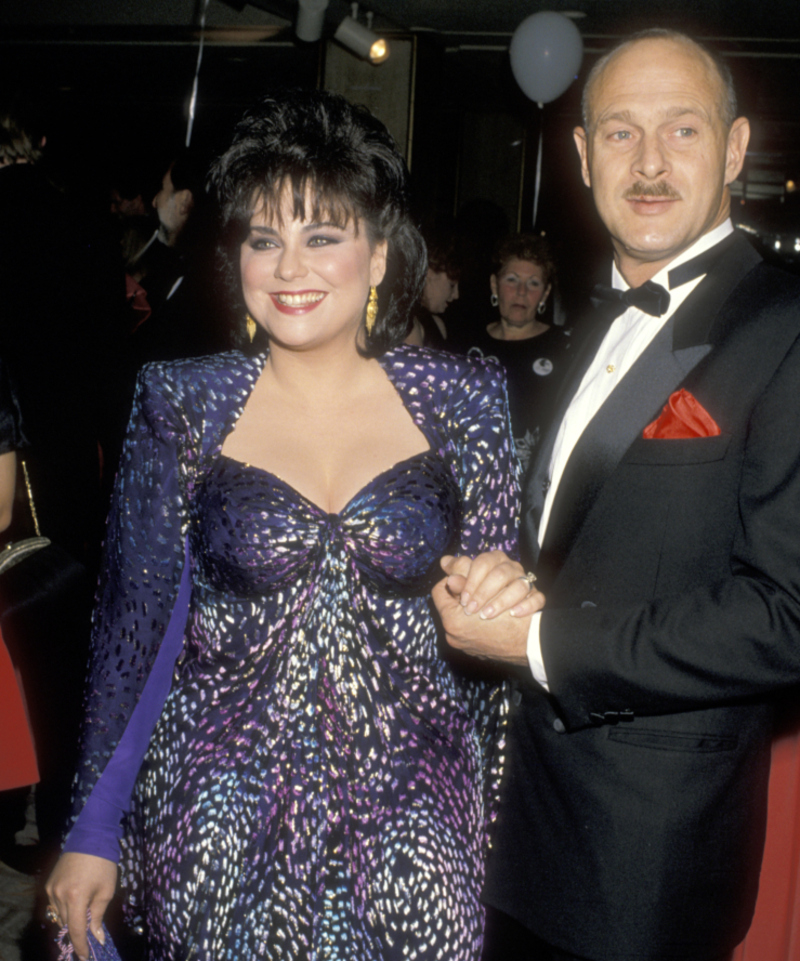
When the long-awaited announcement came, Delta couldn't hold back the tears. She told reporters that she was ecstatic that the industry had finally recognized the skill and talent she always knew her husband had. Both members of the union had been to plenty of Emmy Award shows that had them going home with nothing but a goody bag.
How Did They Do It?
Ask ten different married couples, and you'll get ten different pieces of advice on how to make a marriage work. When McRaney and Burke were asked, McRaney stated that it wasn't about just accepting who the other person was; it was about truly embracing the other person — what he or she holds dear, the problems, the history.
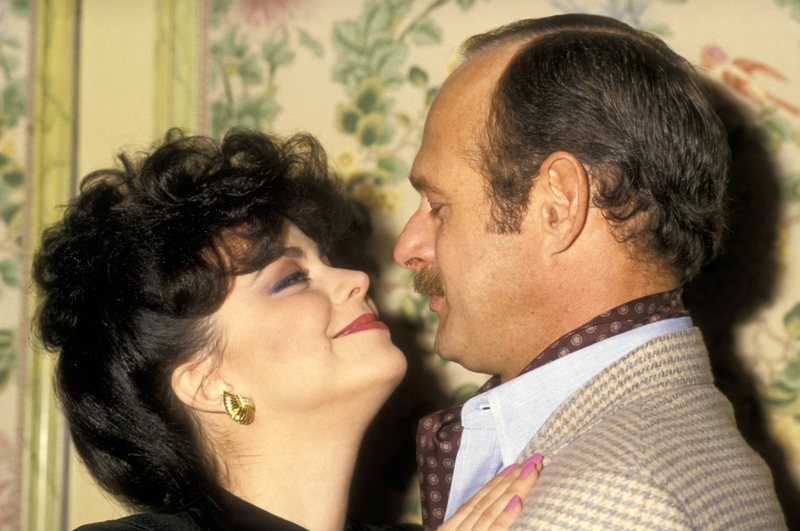
It was about being just as familiar with the other person as you are with yourself. Knowing how they would react to any kind of stimulus, good or bad. It was about doing everything you could to make that person's life as good as possible because you loved him or her and wanted his or her happiness, even above your own.
Where Are They Today?
Right now, While Gerald works hard to keep up the momentum after winning an Emmy, Delta seems to have stepped away from the spotlight. After getting her chance to succeed and knowing how much pressure it can put on her, she seems content keeping herself healthy, making small appearances here and there, and loving her husband as he loves her right back.
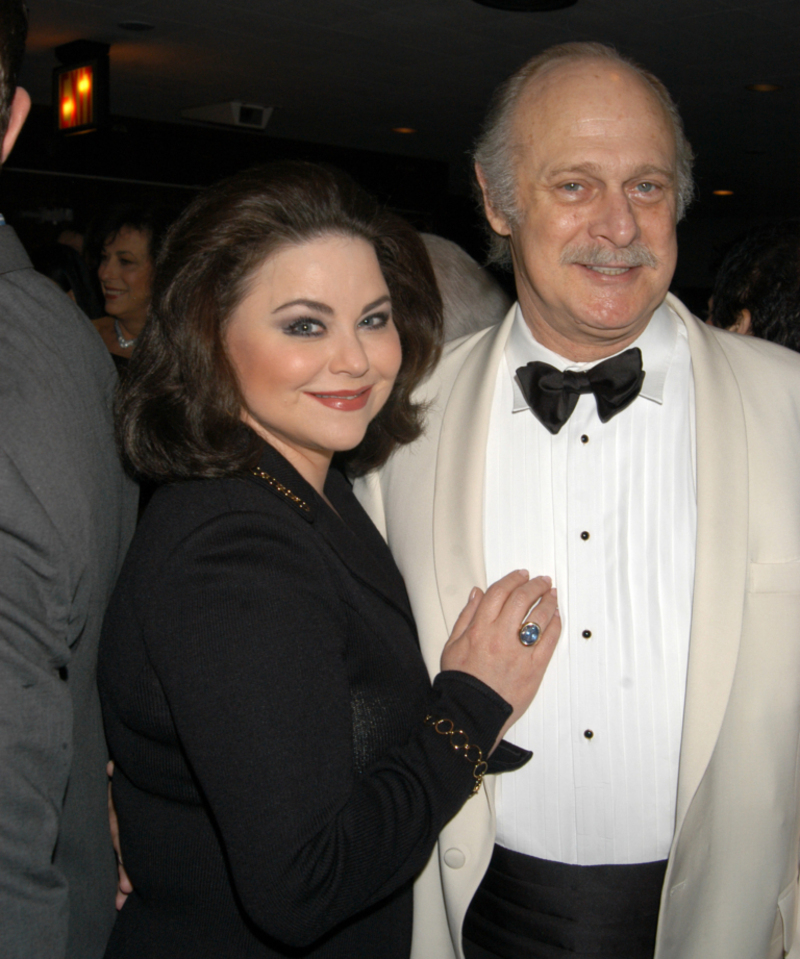
Surely there are plenty of fans of this sitcom that would love to see her reappear with her crazy maid, her handgun, and her pet pig Noel in a revival of “Designing Women,” but it doesn't seem to be in the cards.
A Marriage Success Story
Despite all of the darkness that attacked Delta, Gerald never let her down. Even as Delta was slowly creeping back into the public eye, he literally stuck with her through thick and thin. But thanks to such a supportive husband, Delta didn't feel the need to be someone with the spotlight on her at all times.
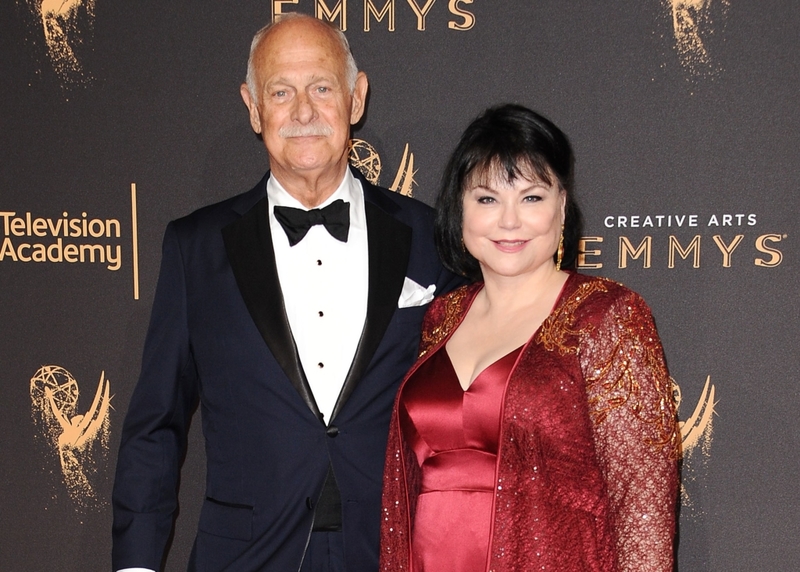
She got a few fun acting jobs, and she even owns Delta Burke Design — a plus-sized clothing line of her own making. She does the designing herself, becoming the true designing woman. She might not have been the star that she imagined at first, but she's a star to her husband, and that's far more important.